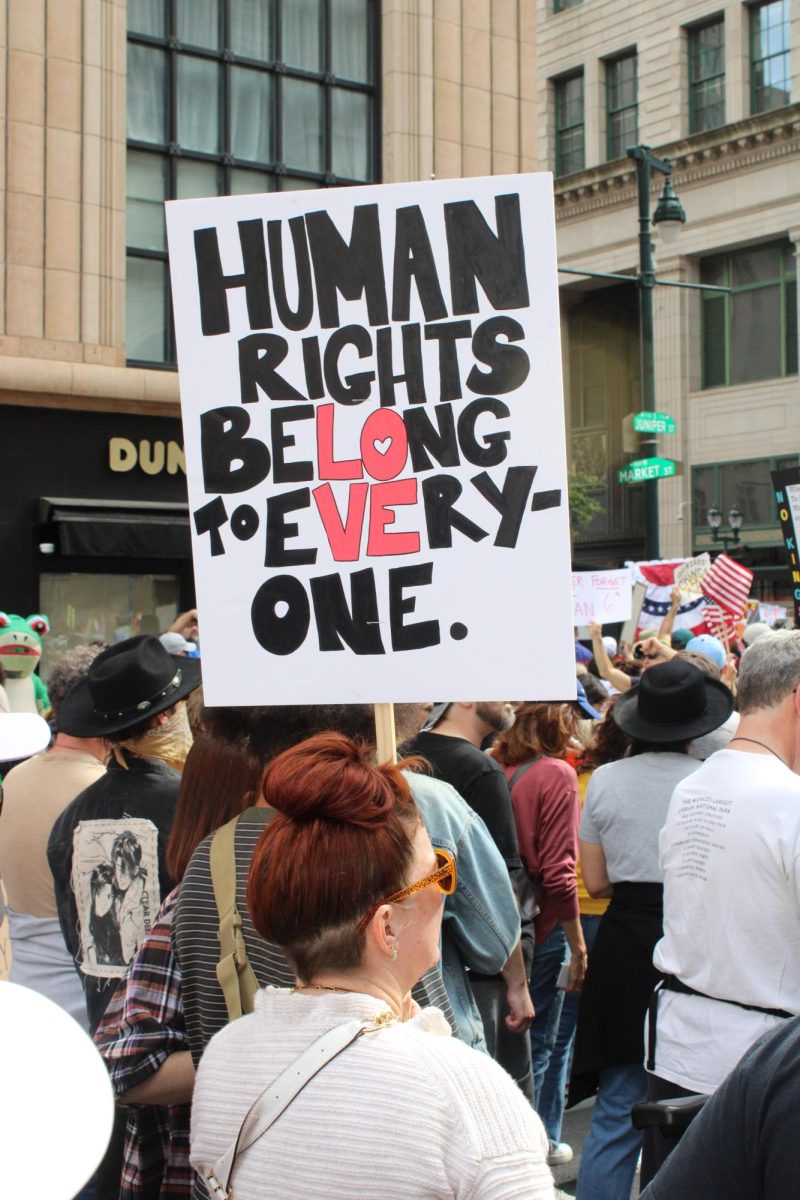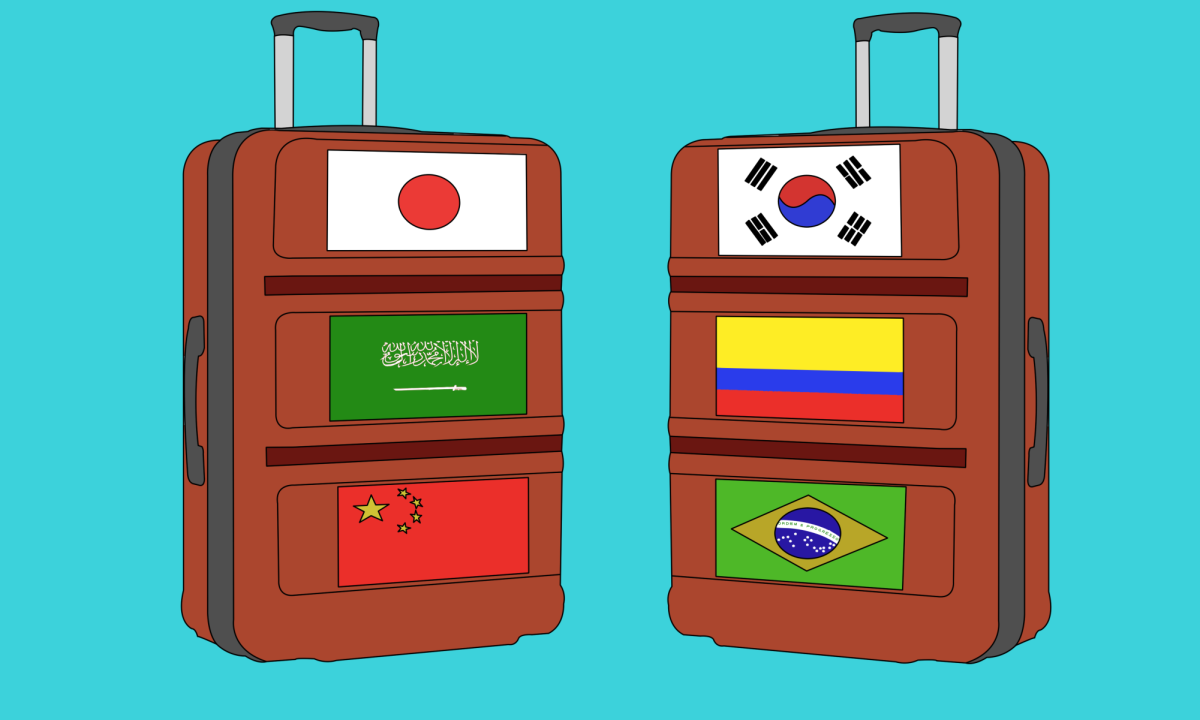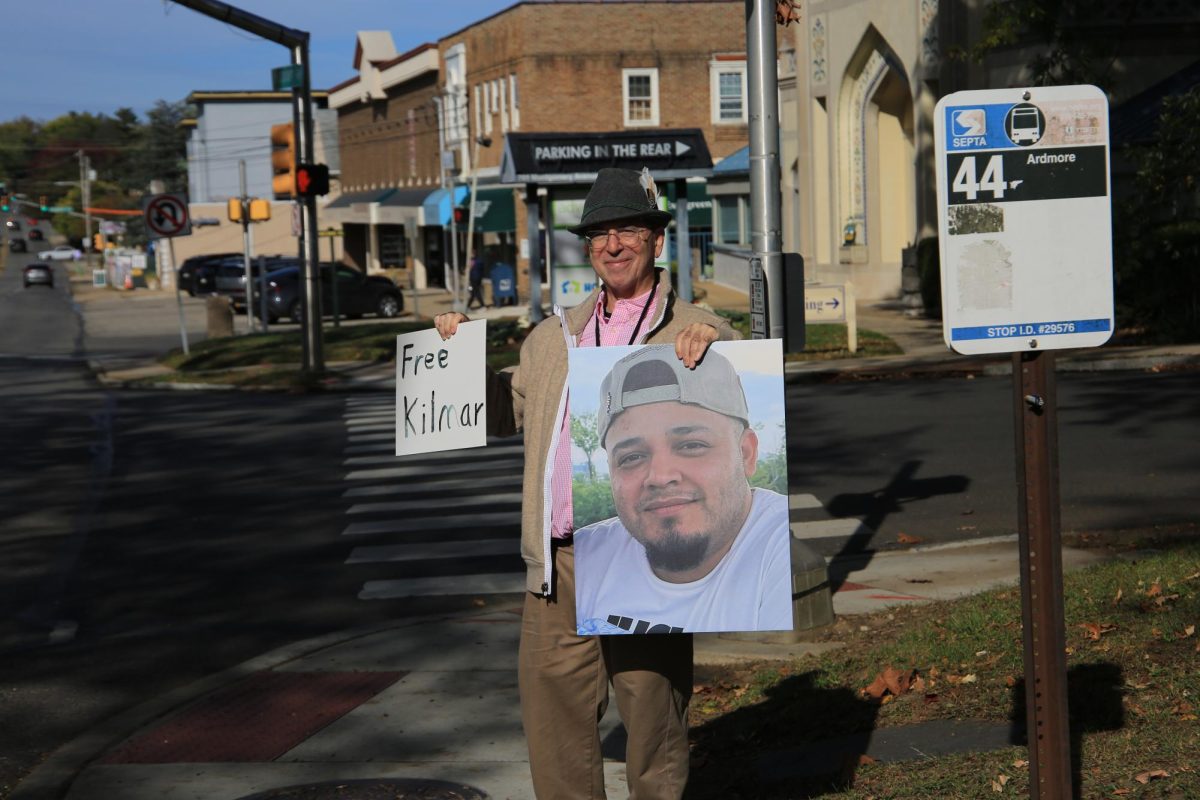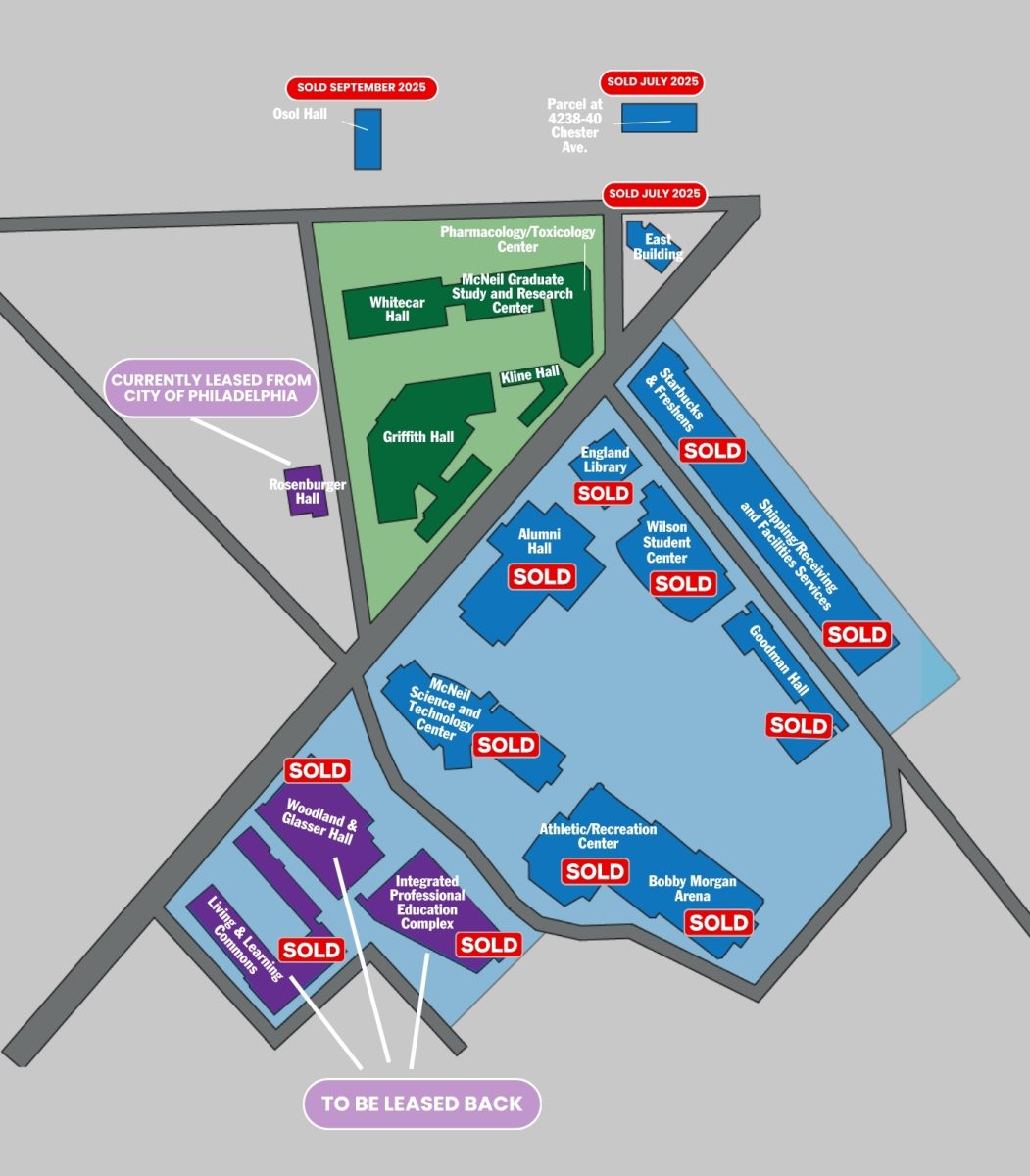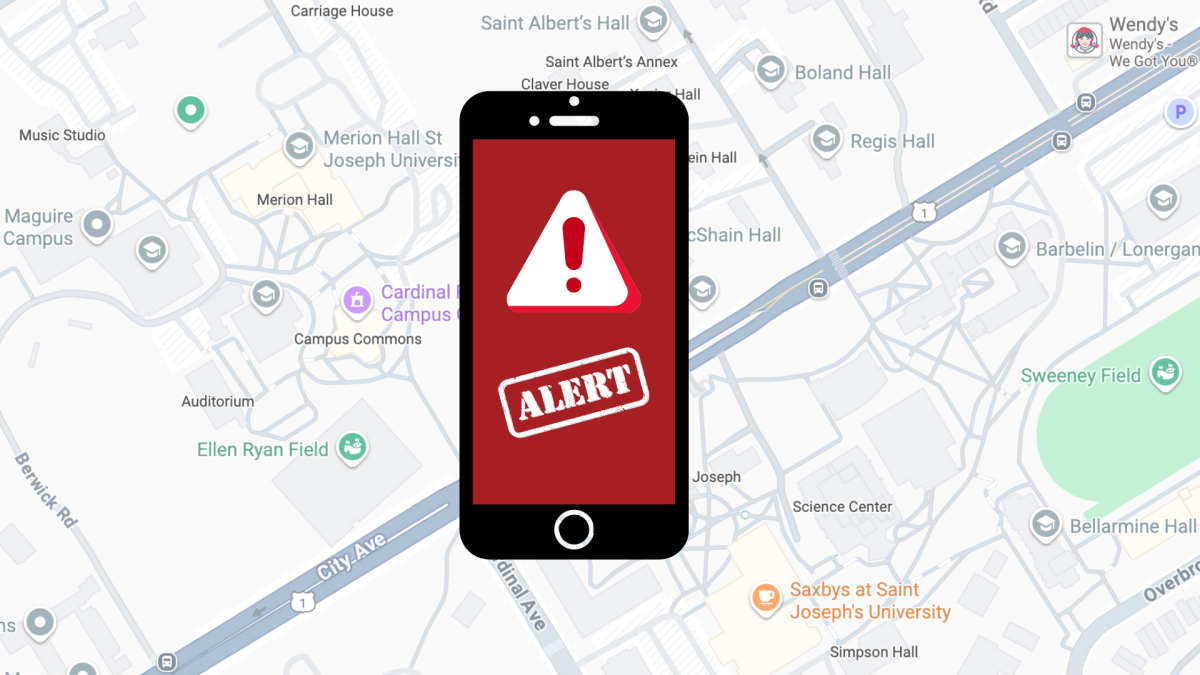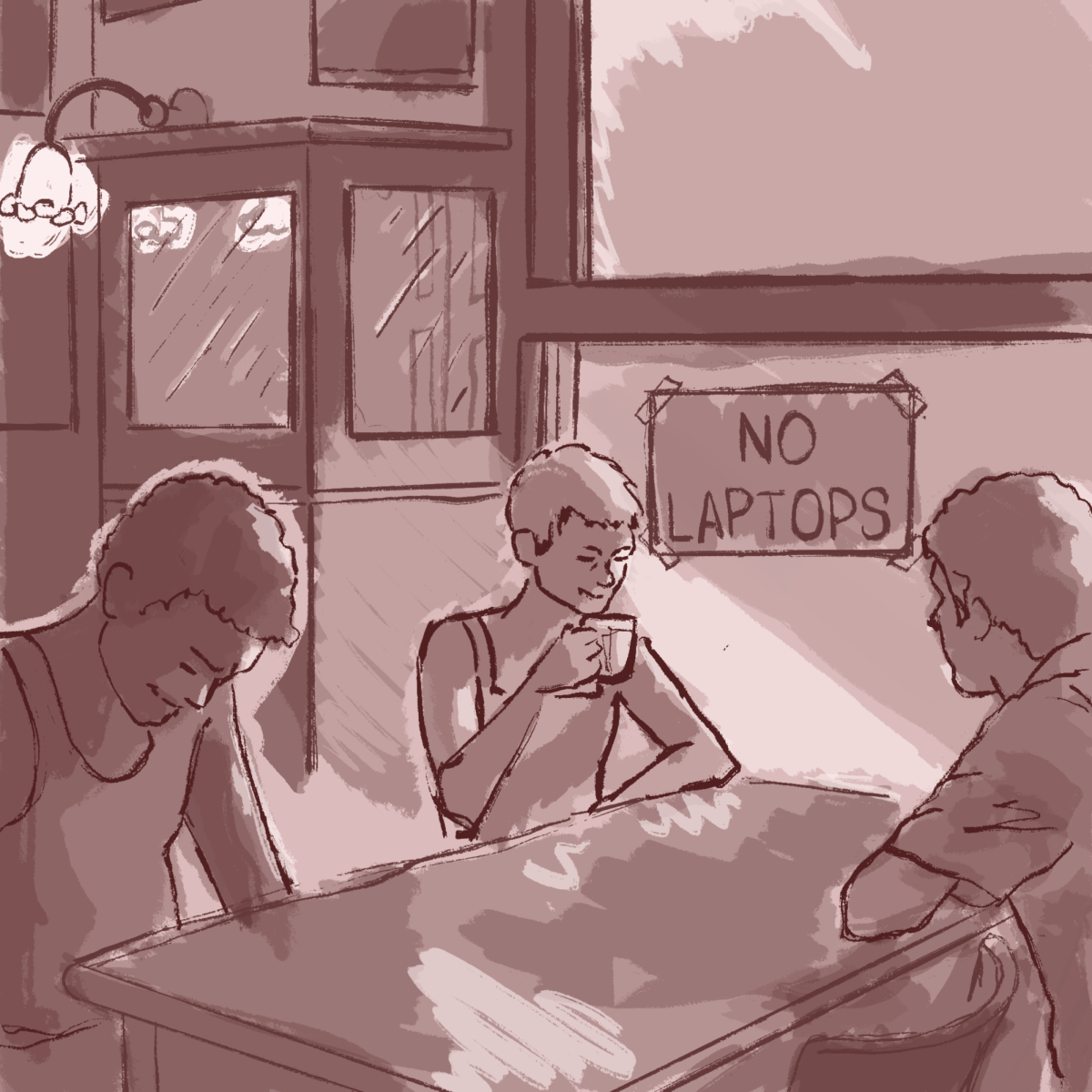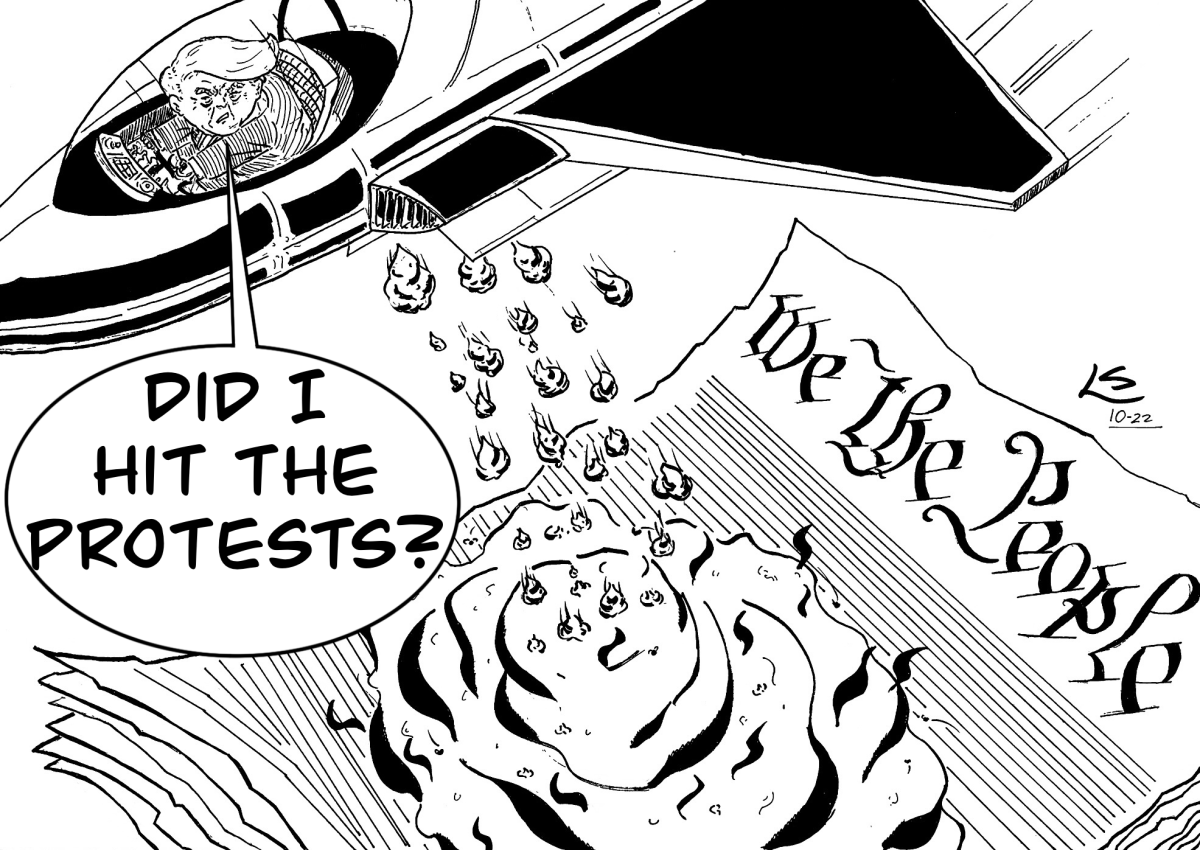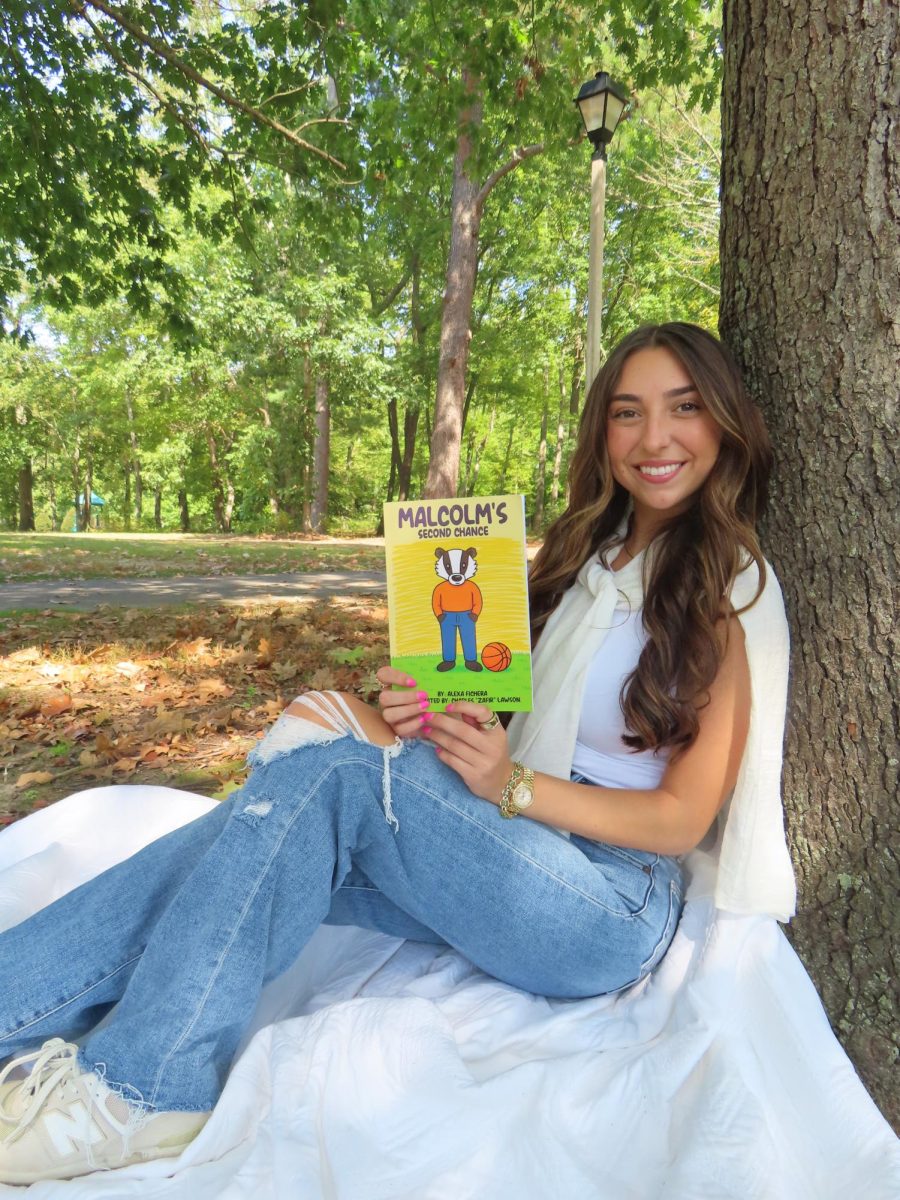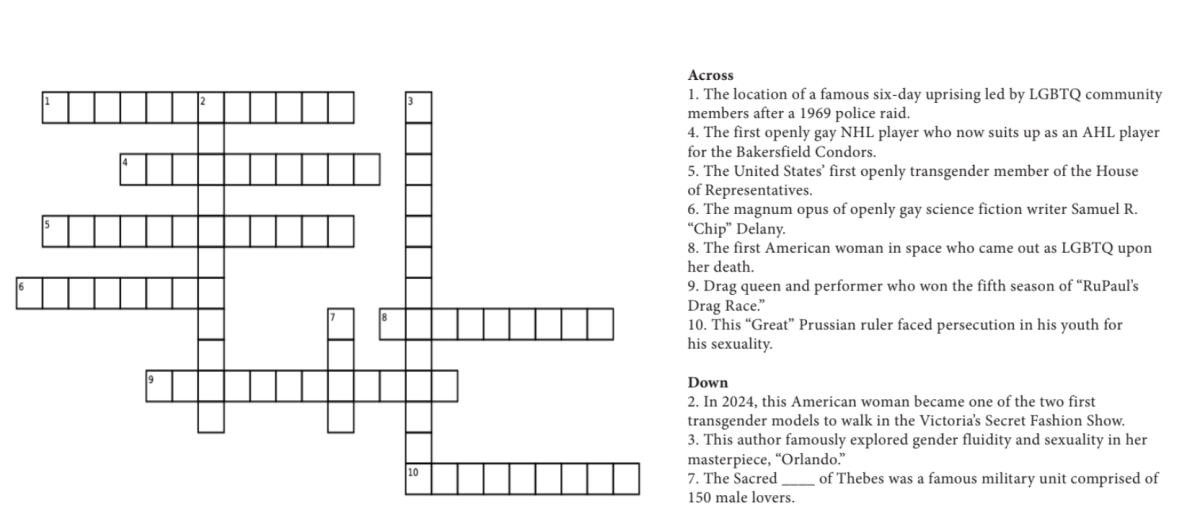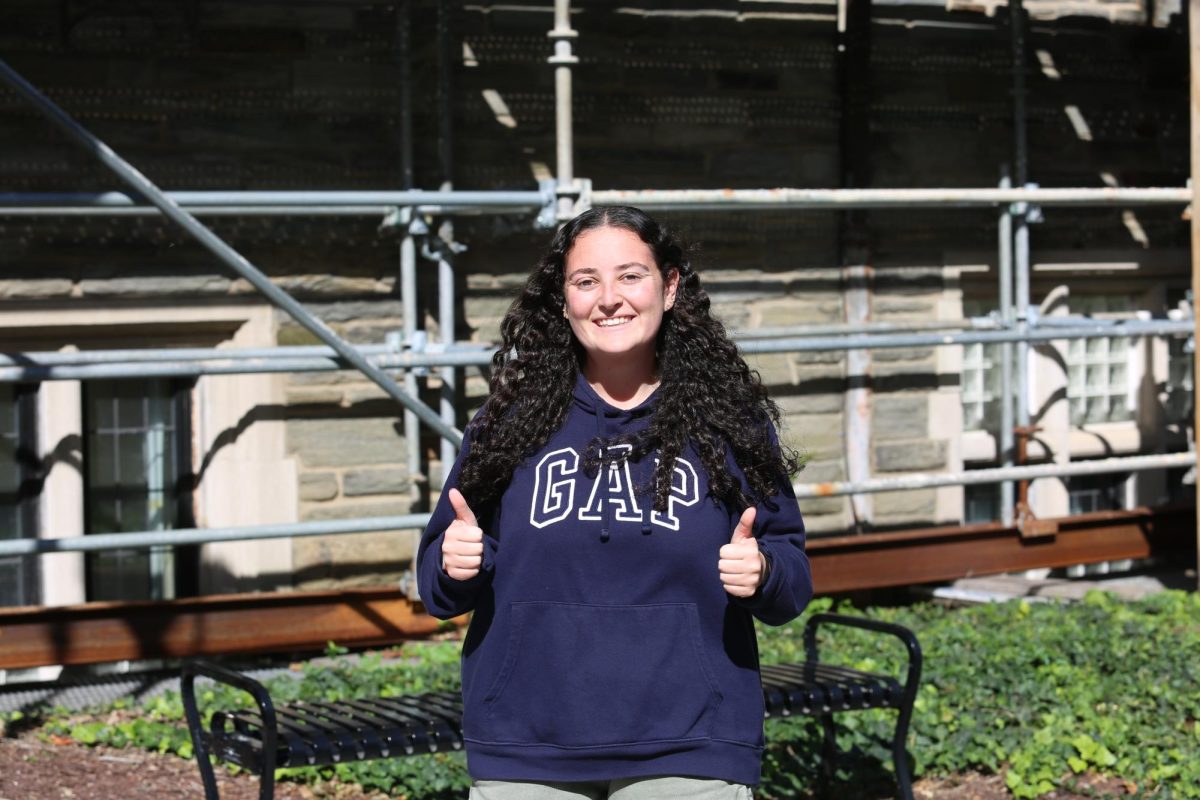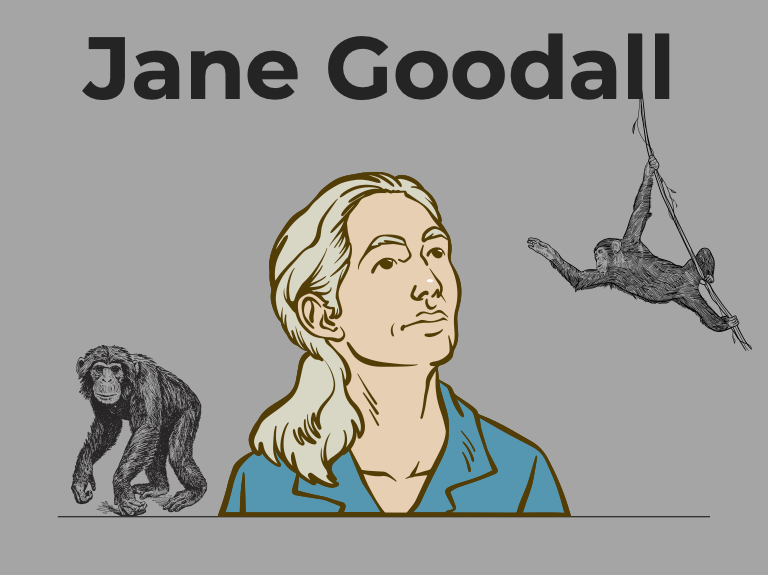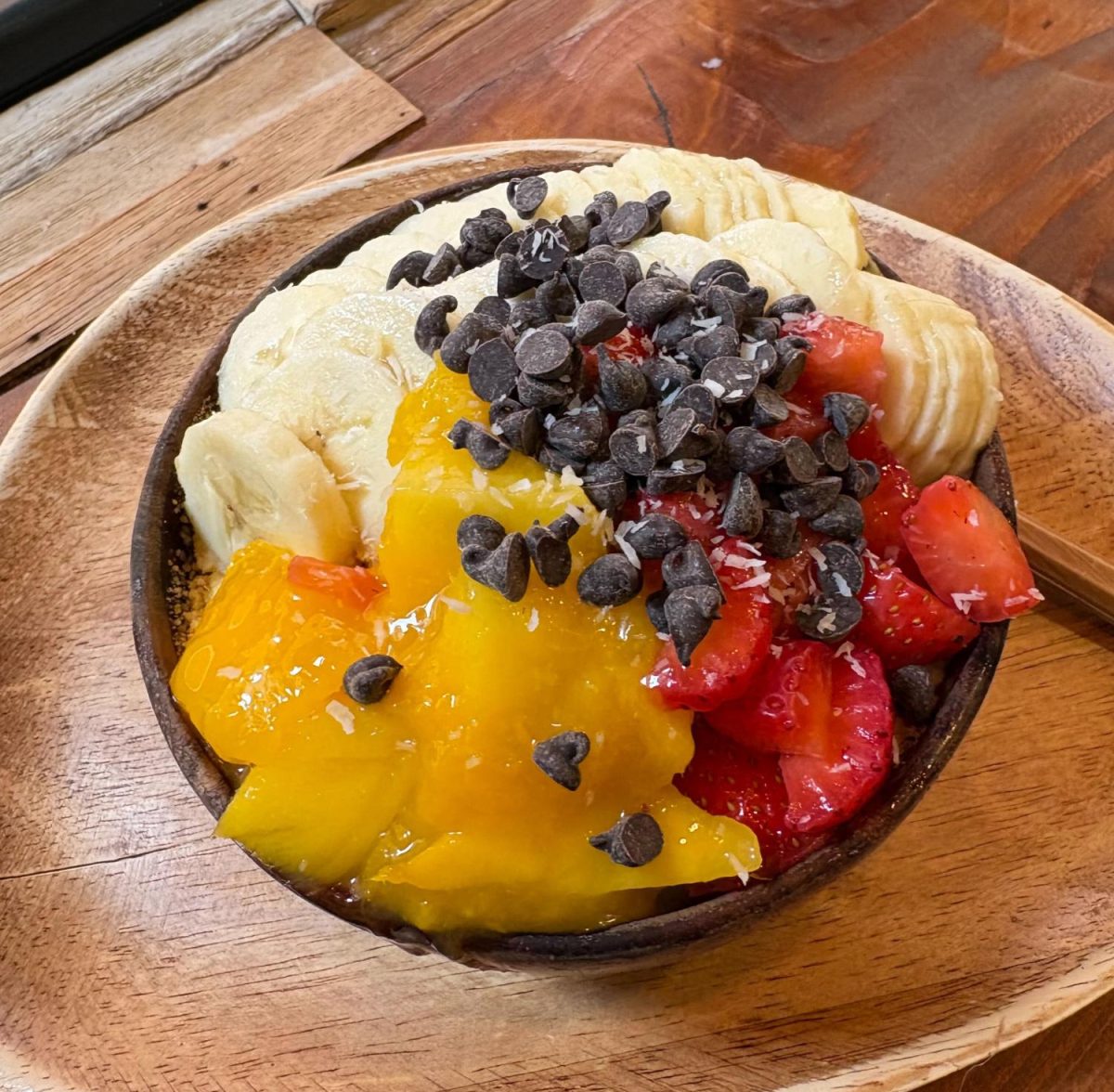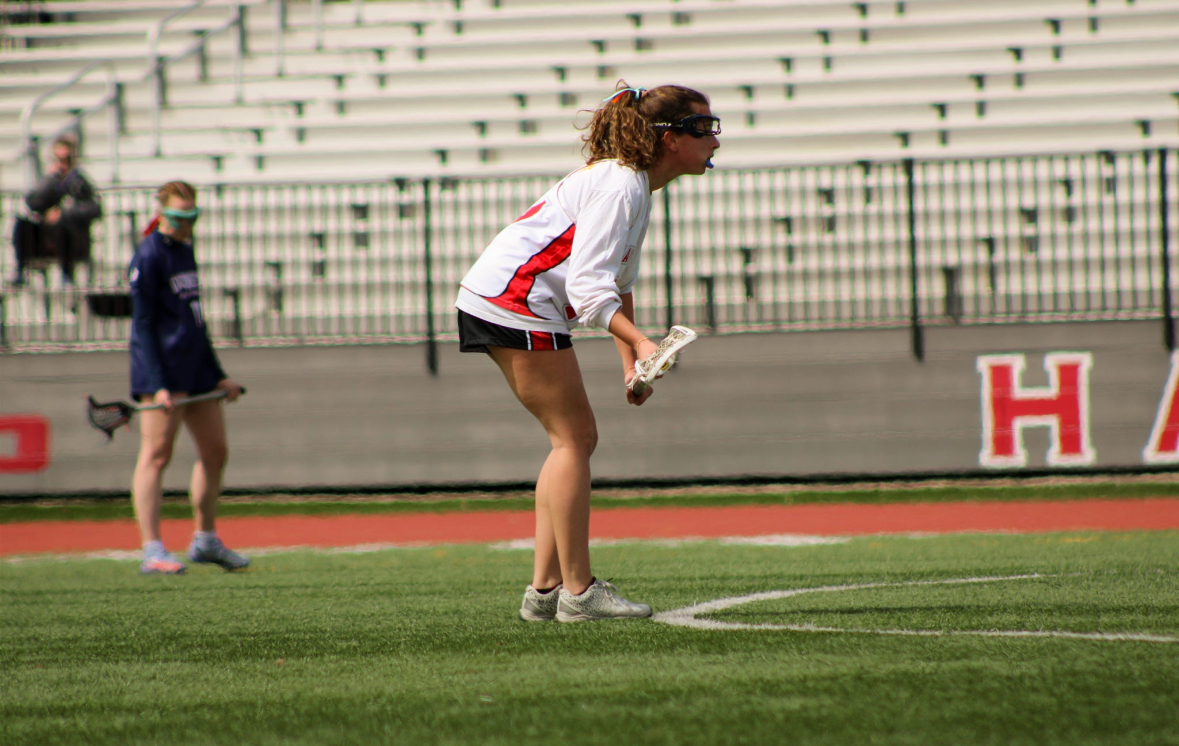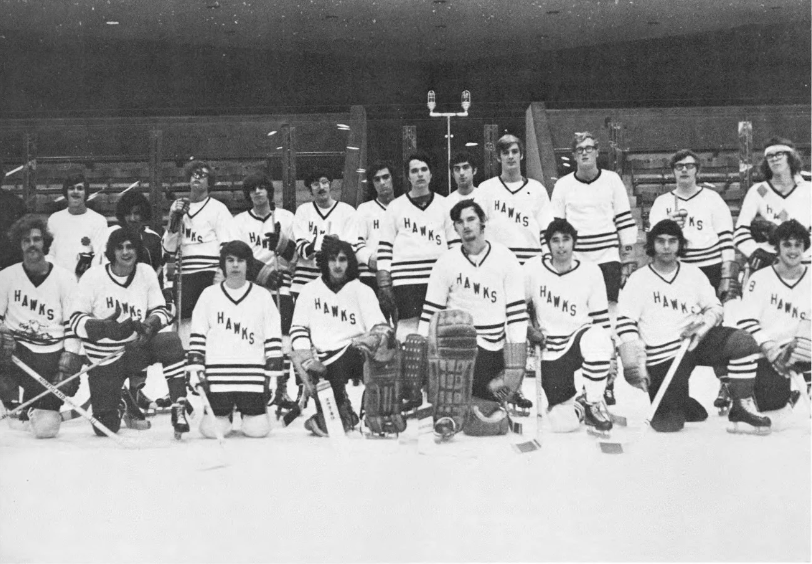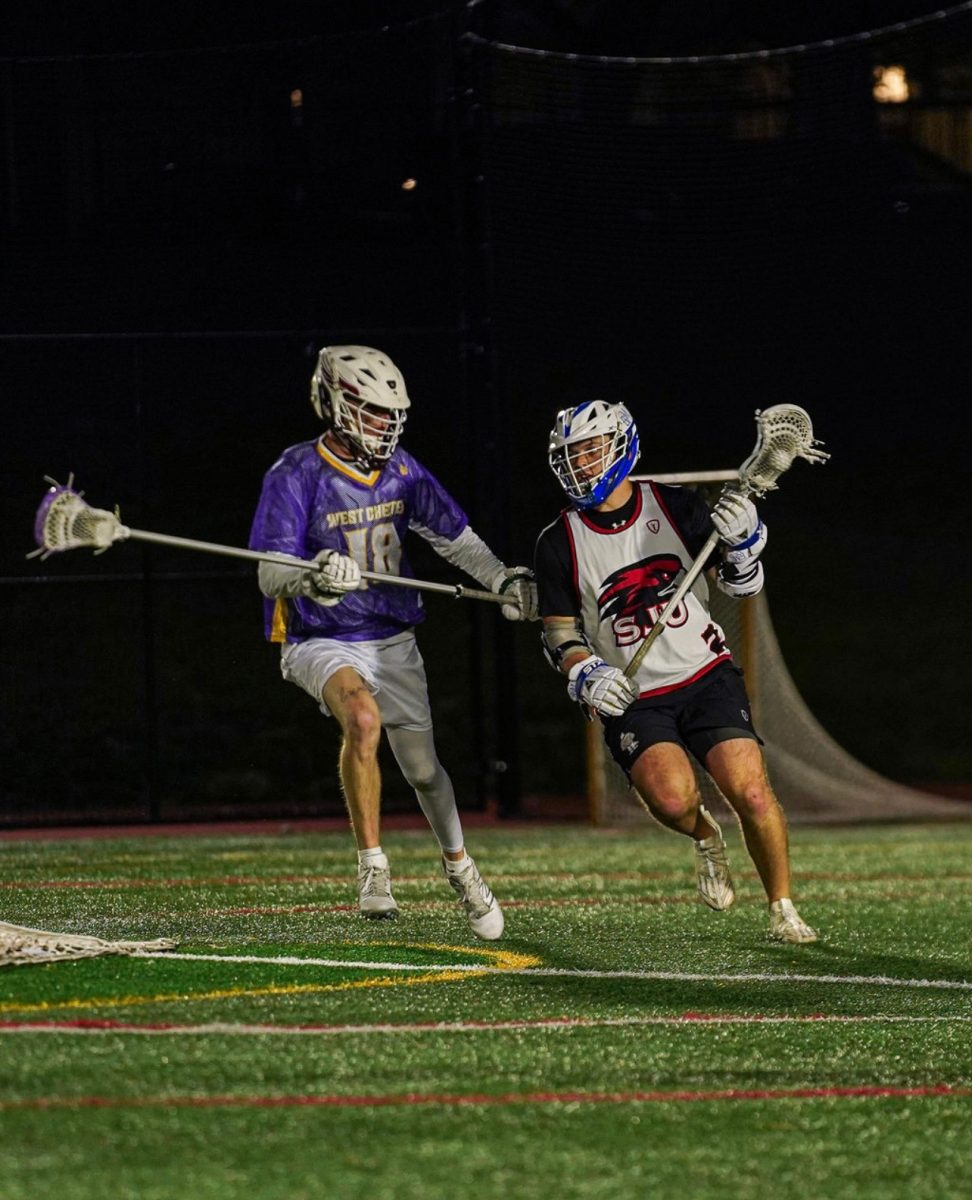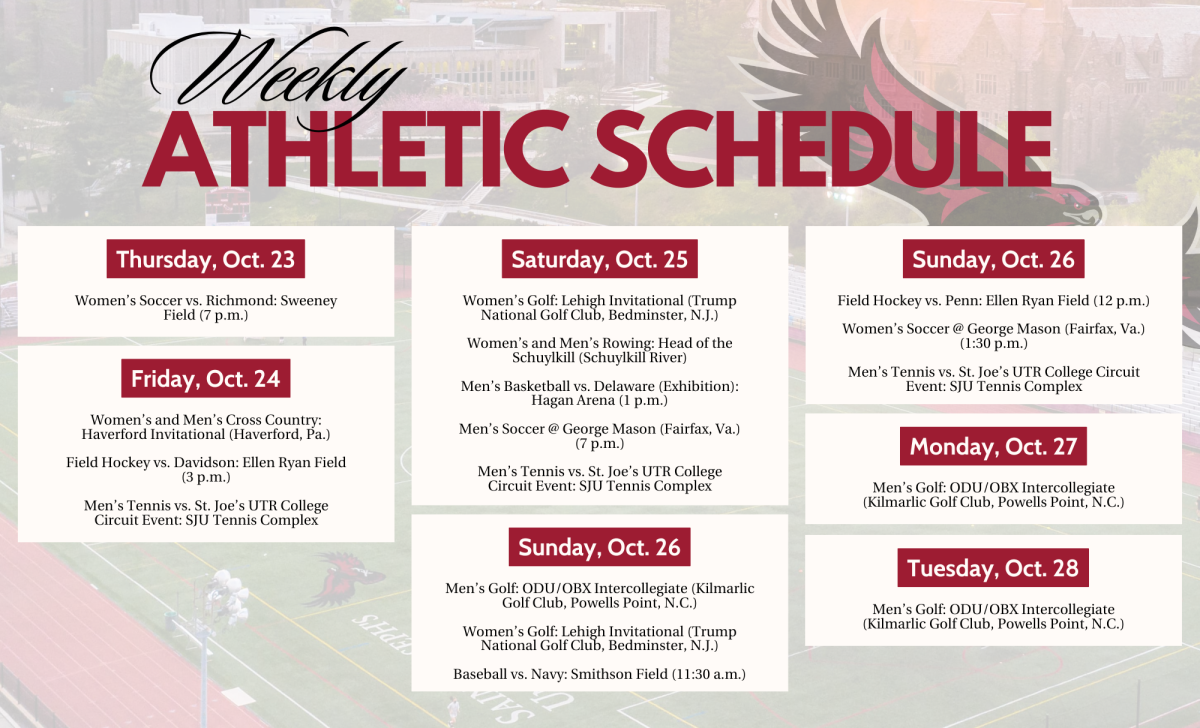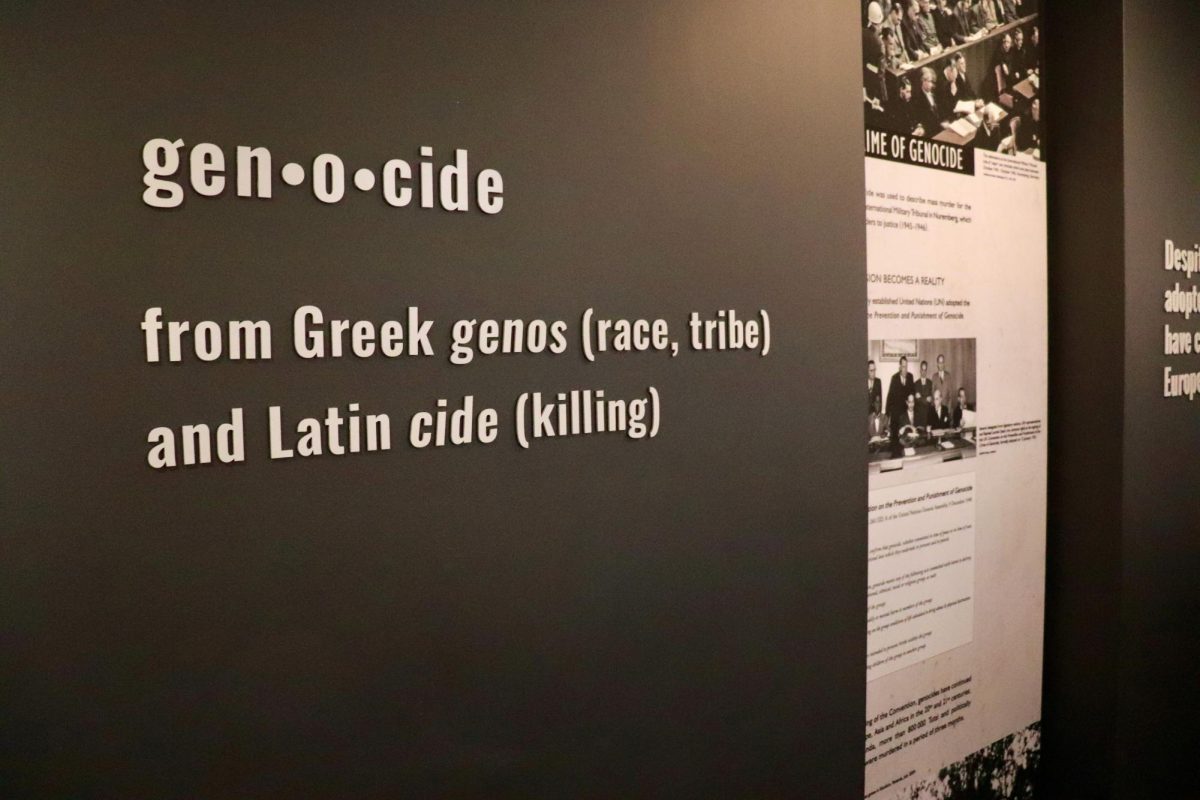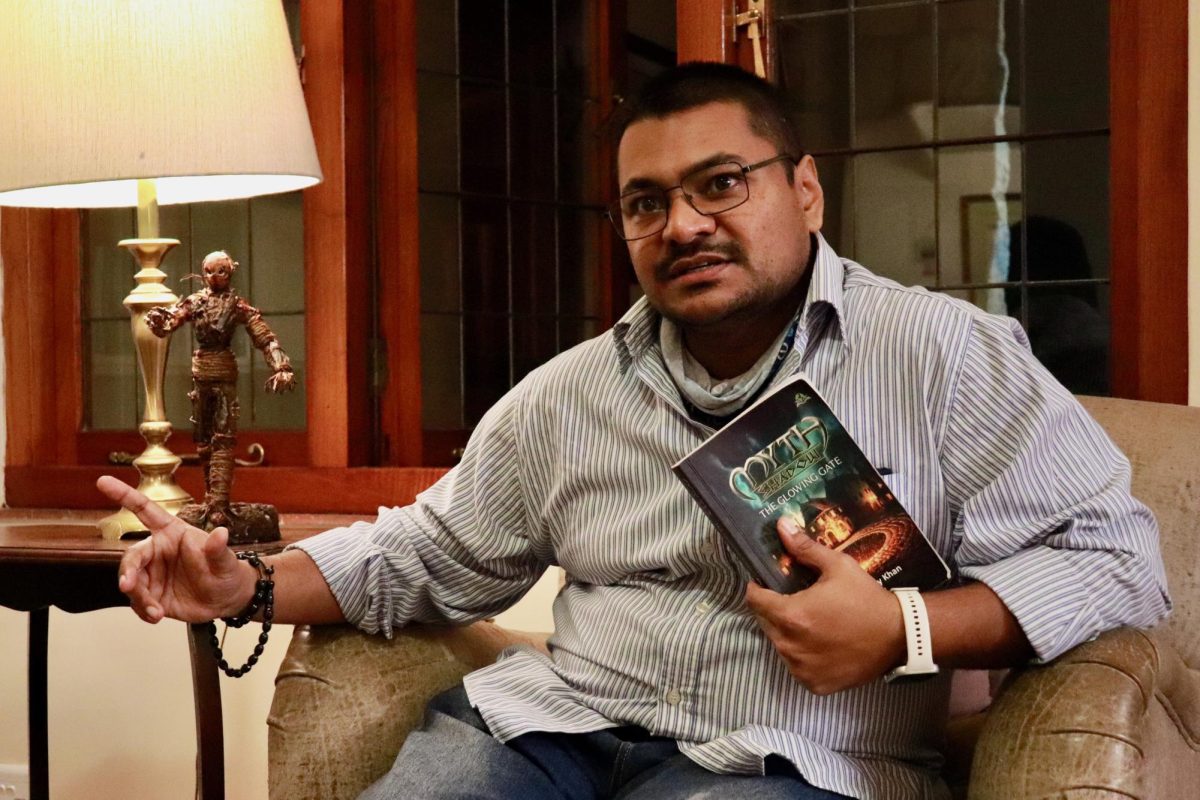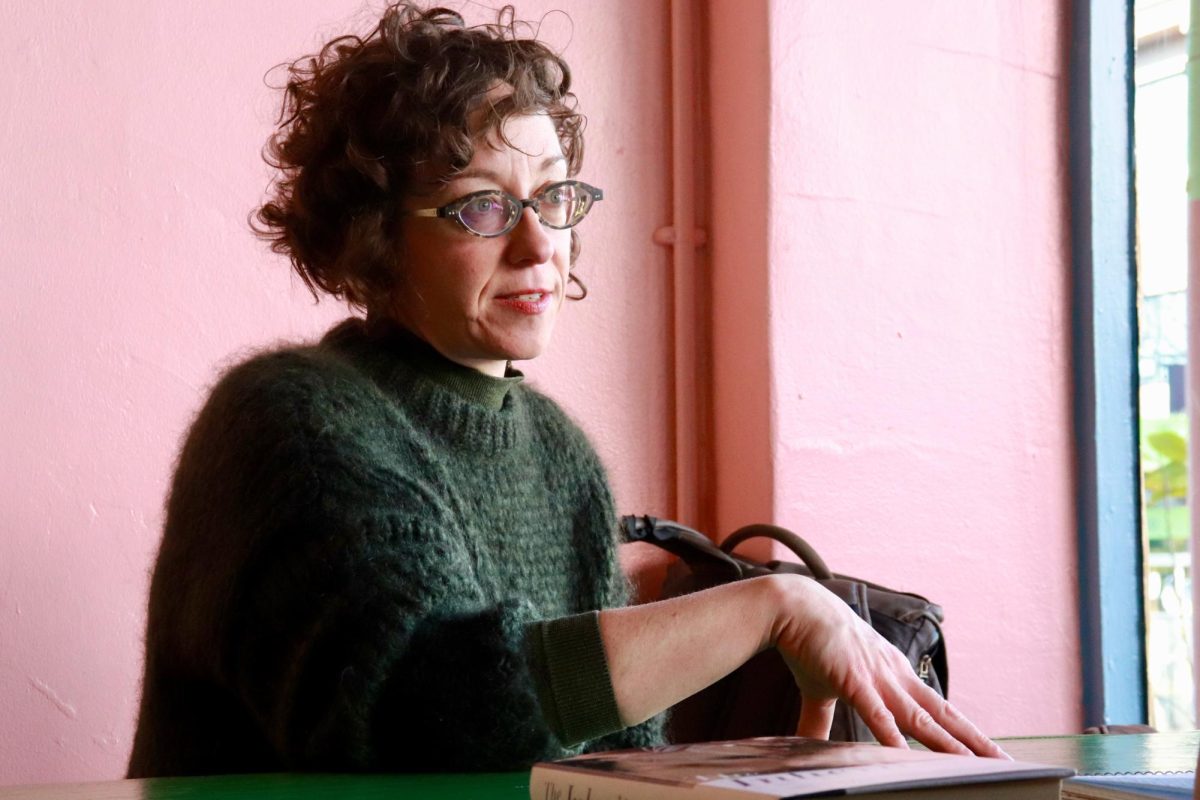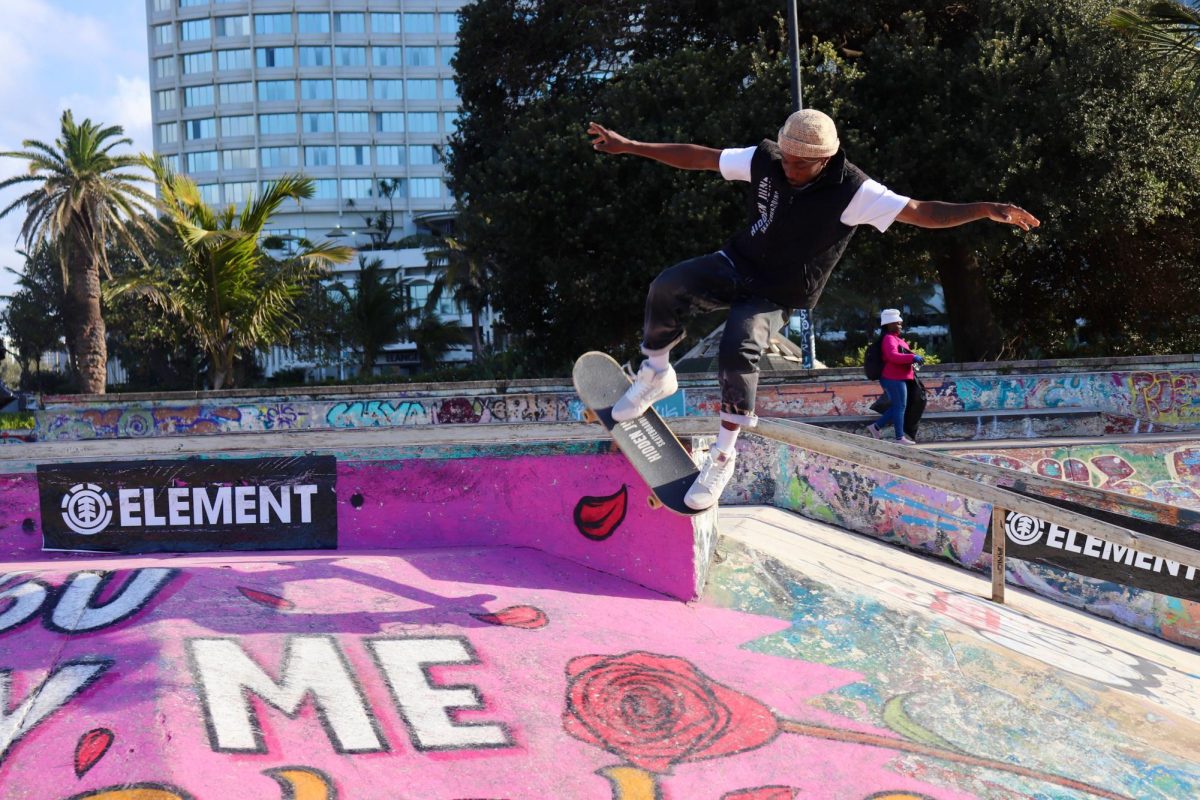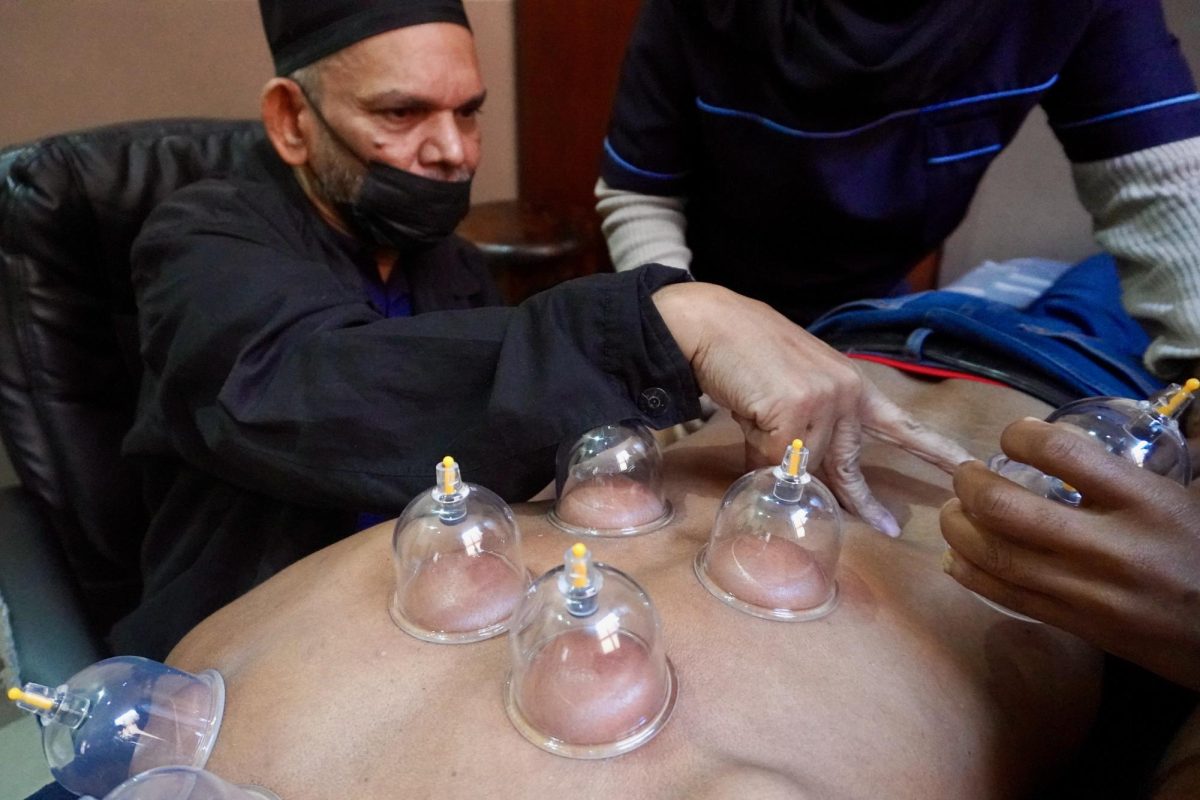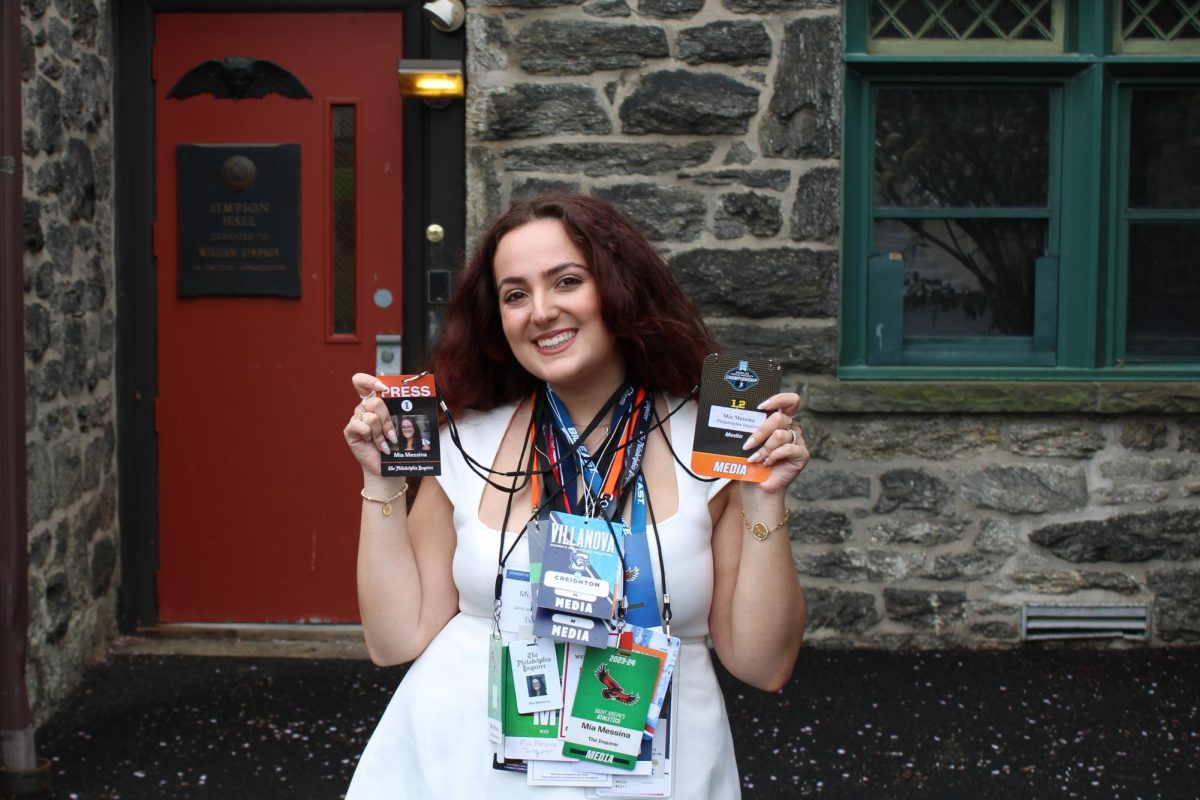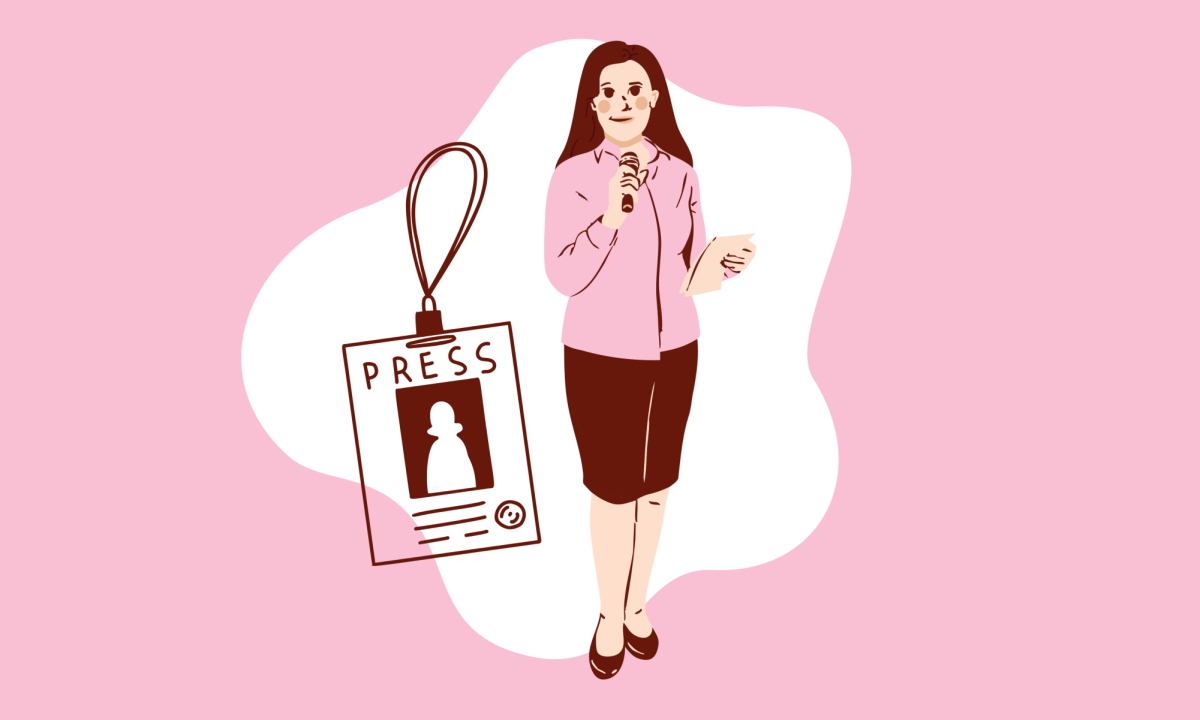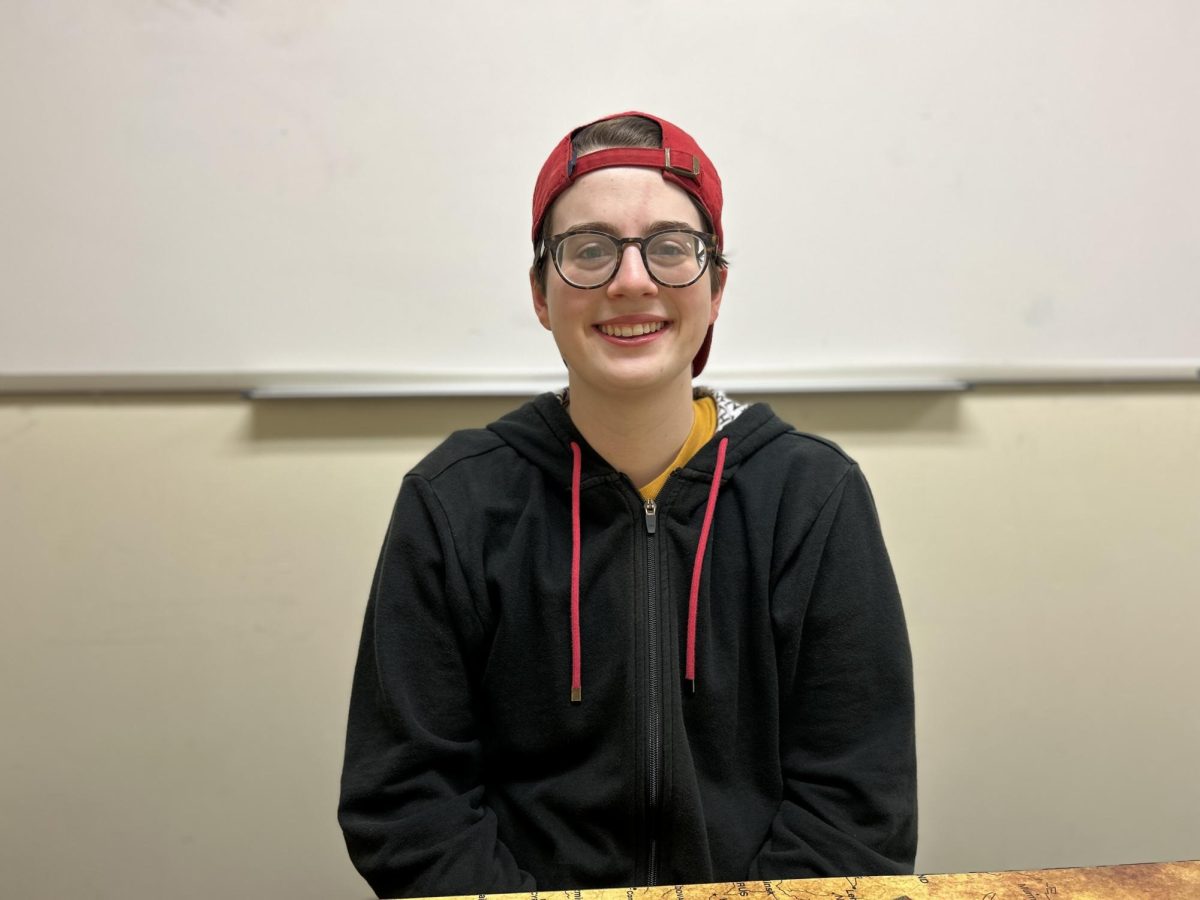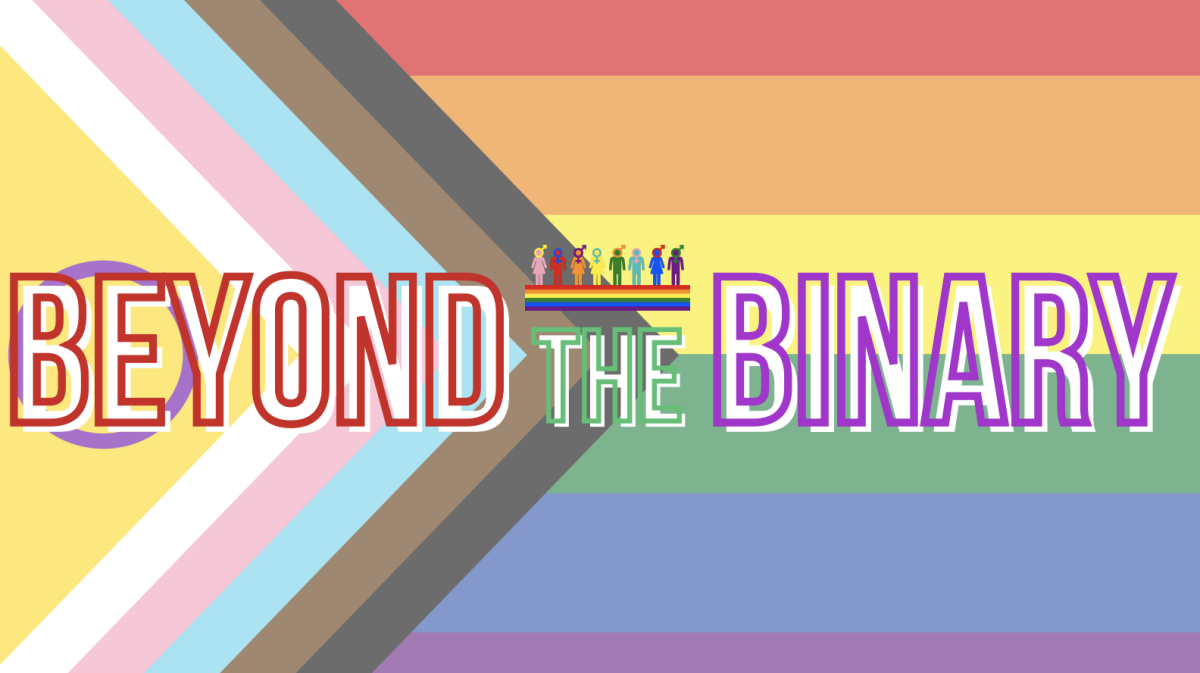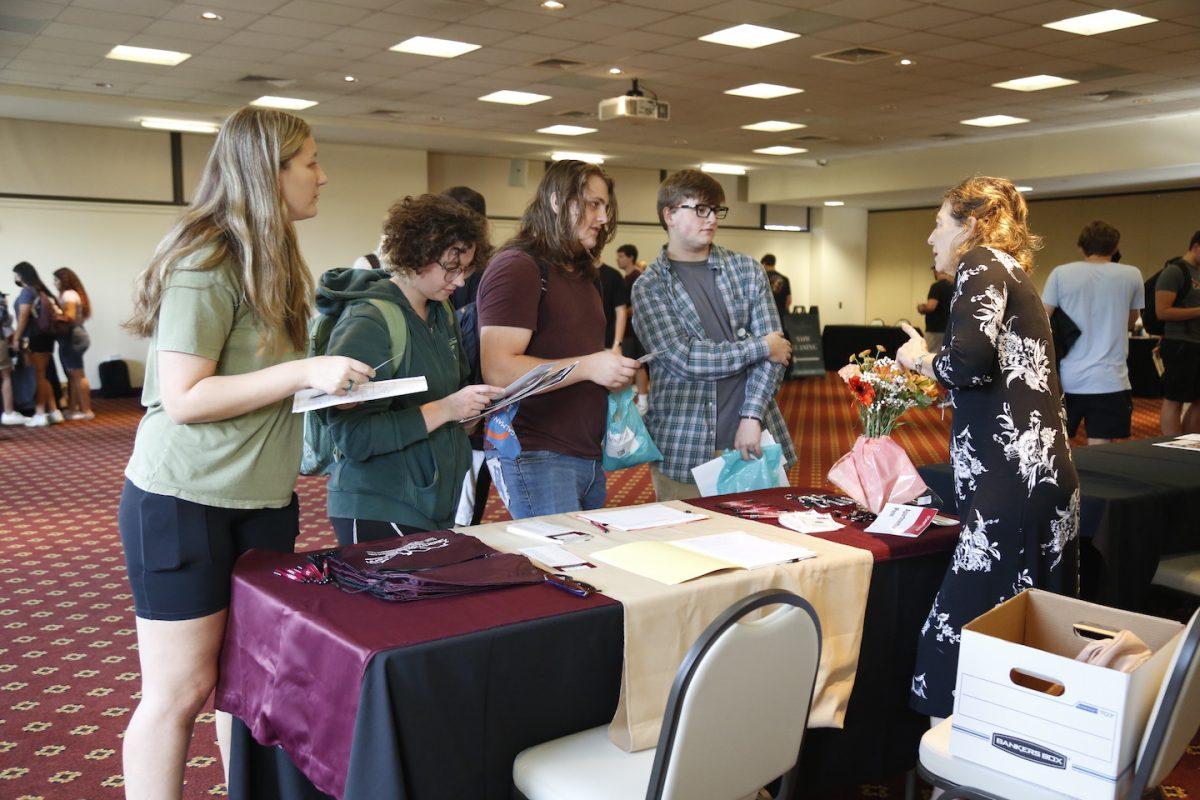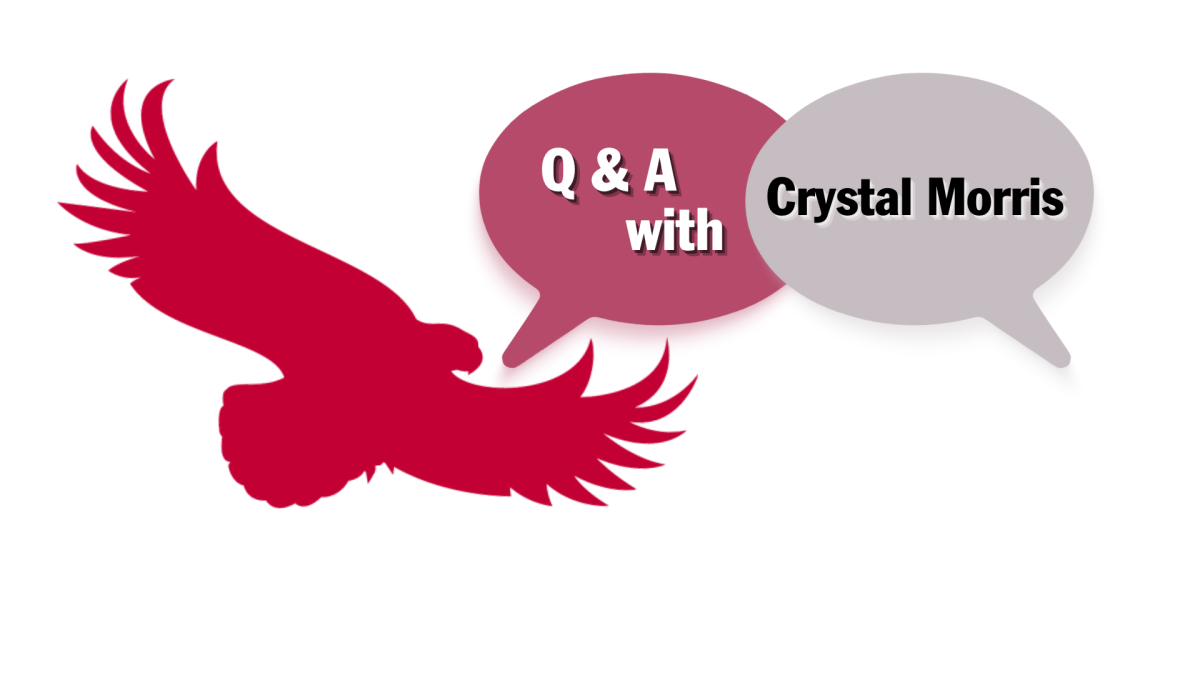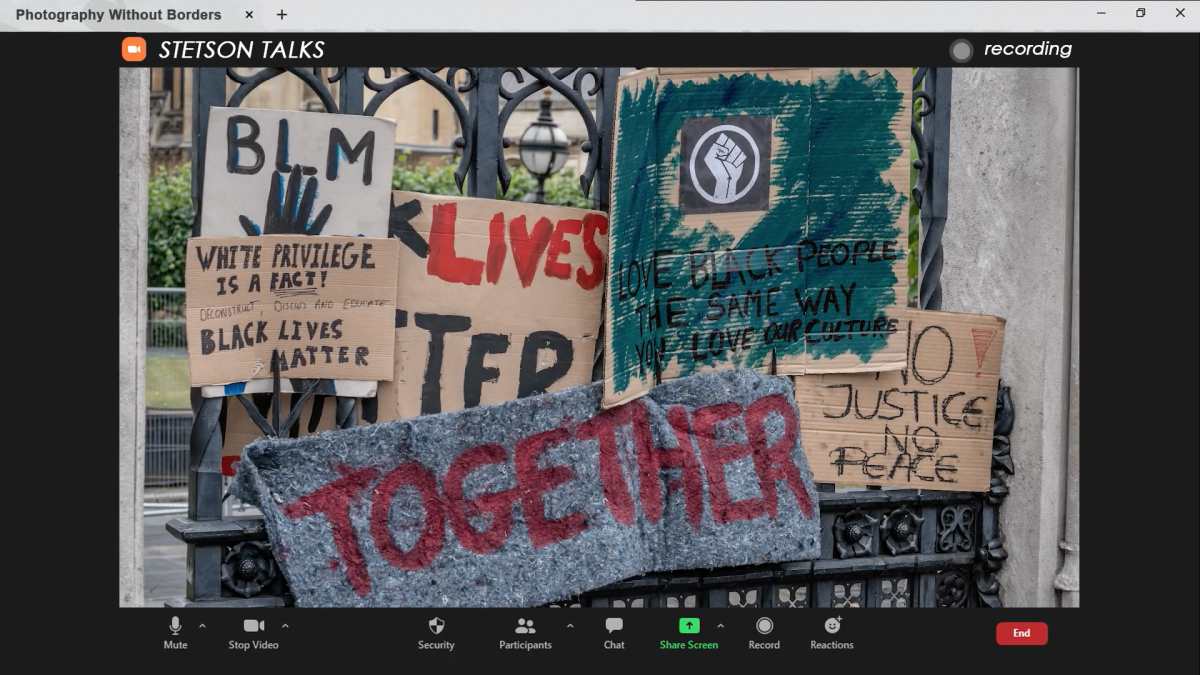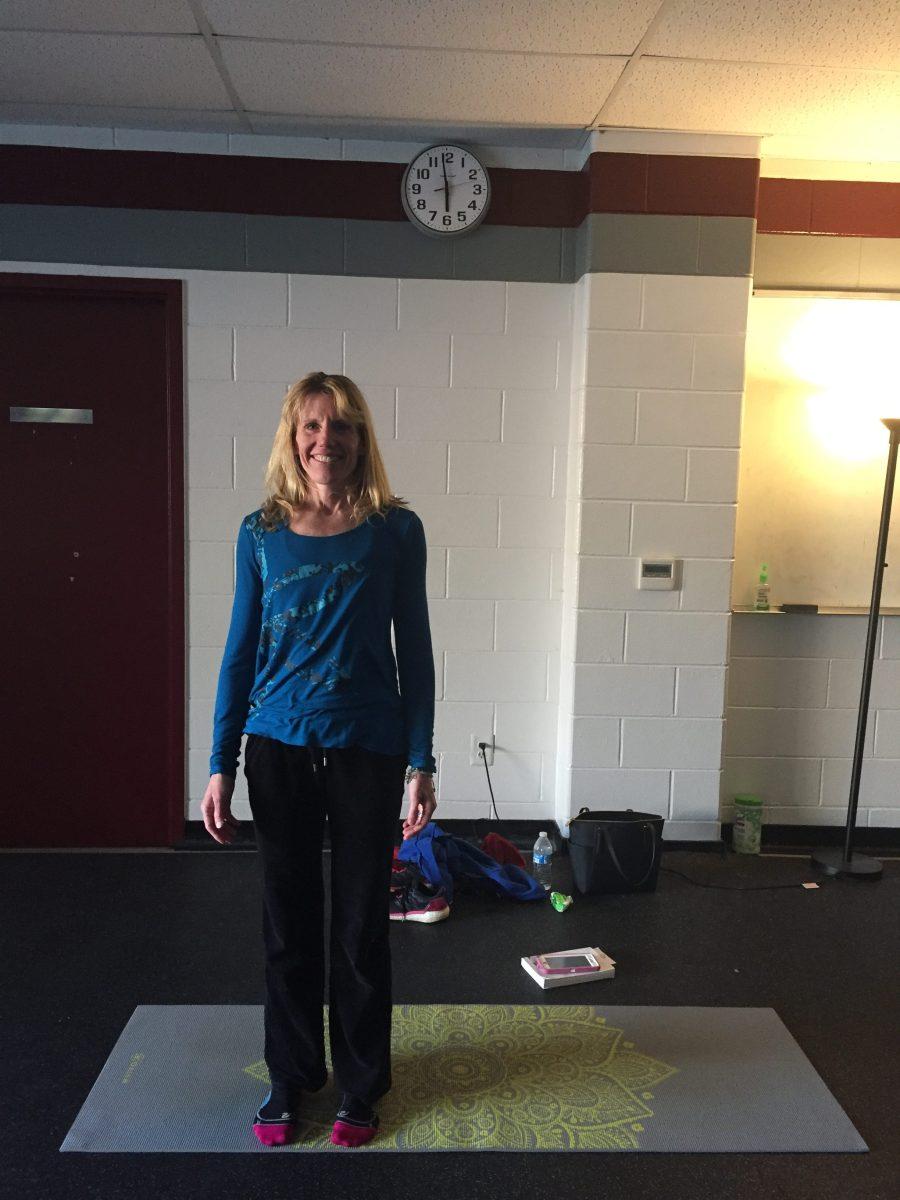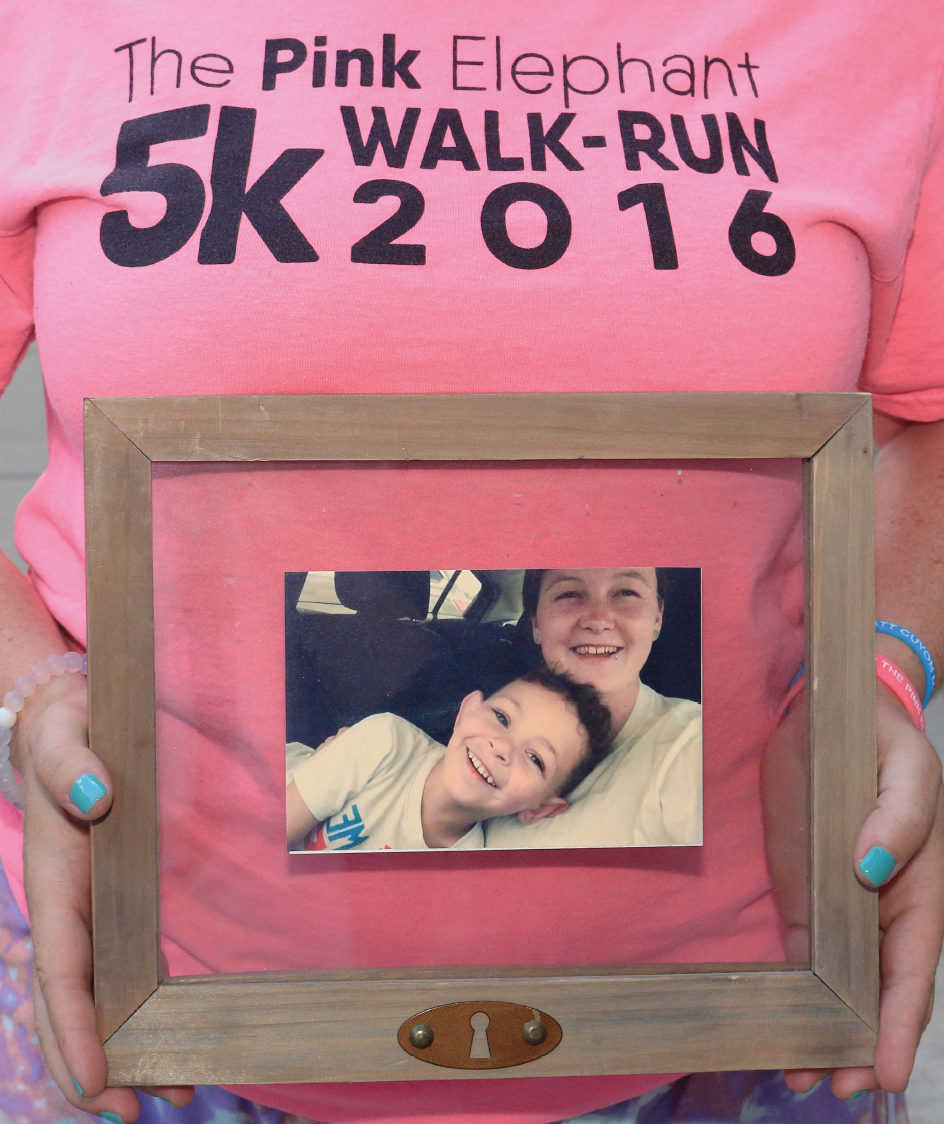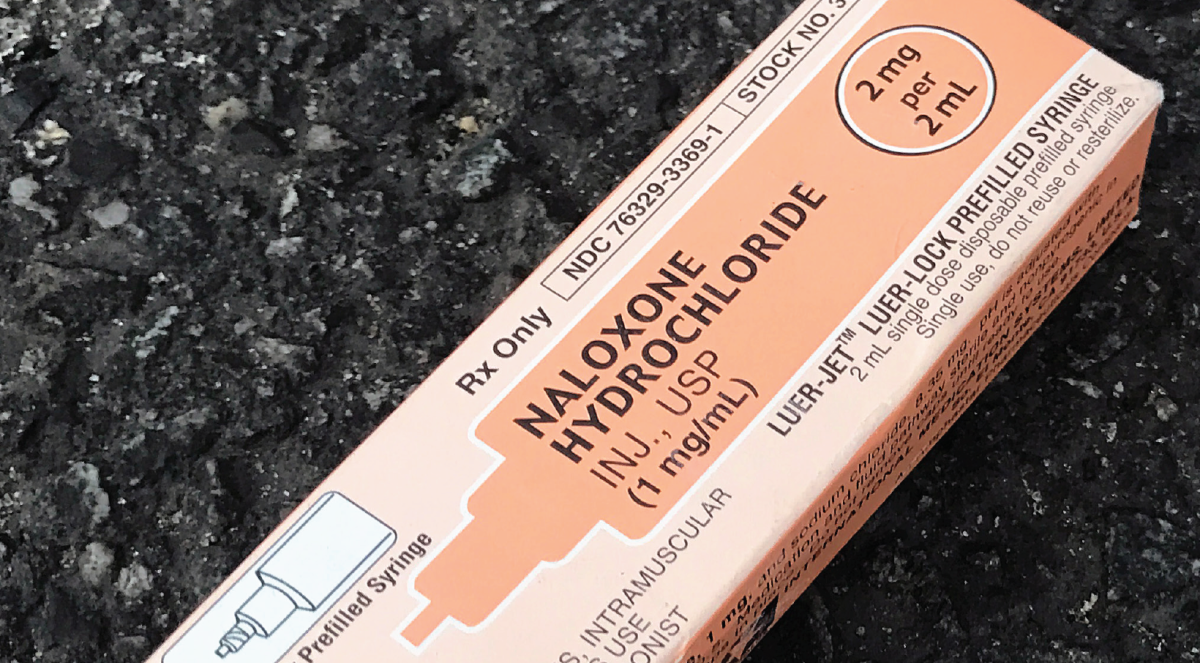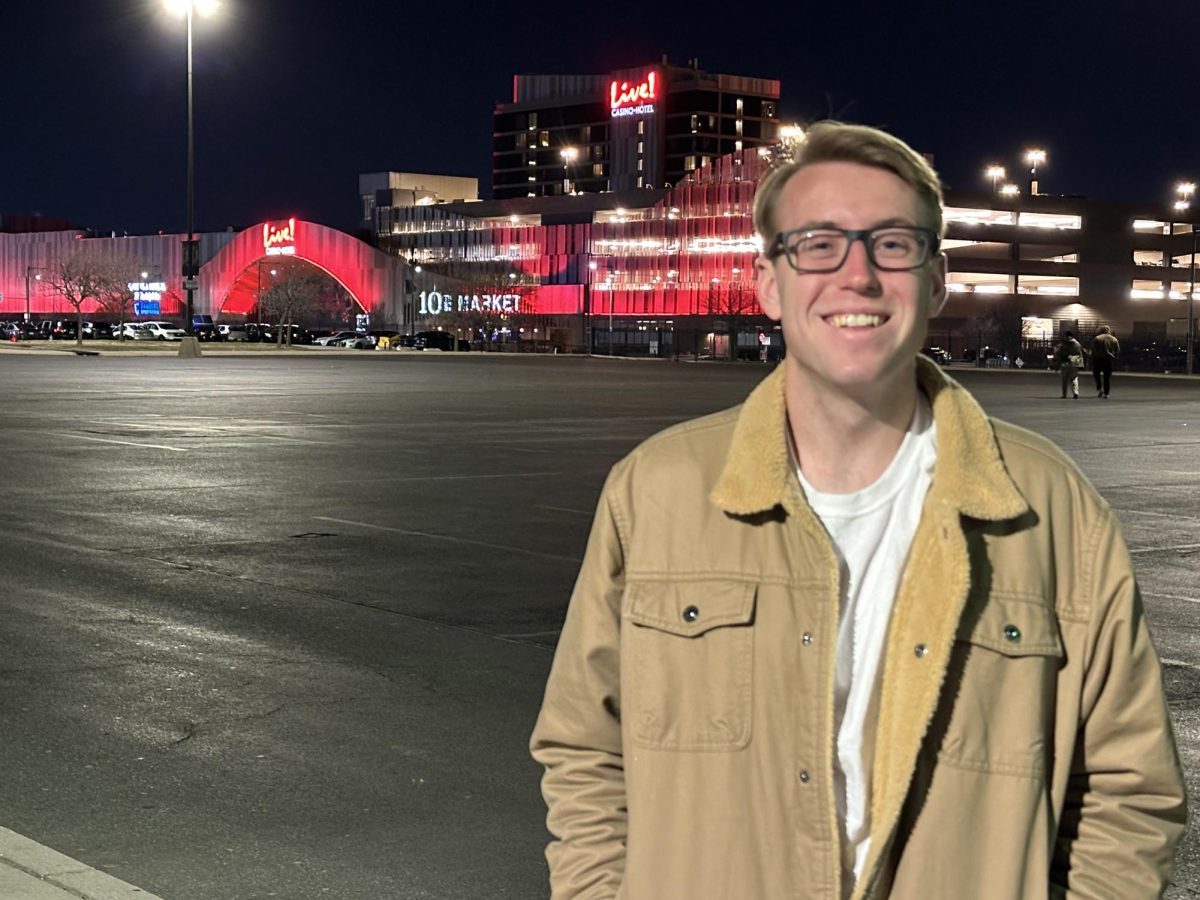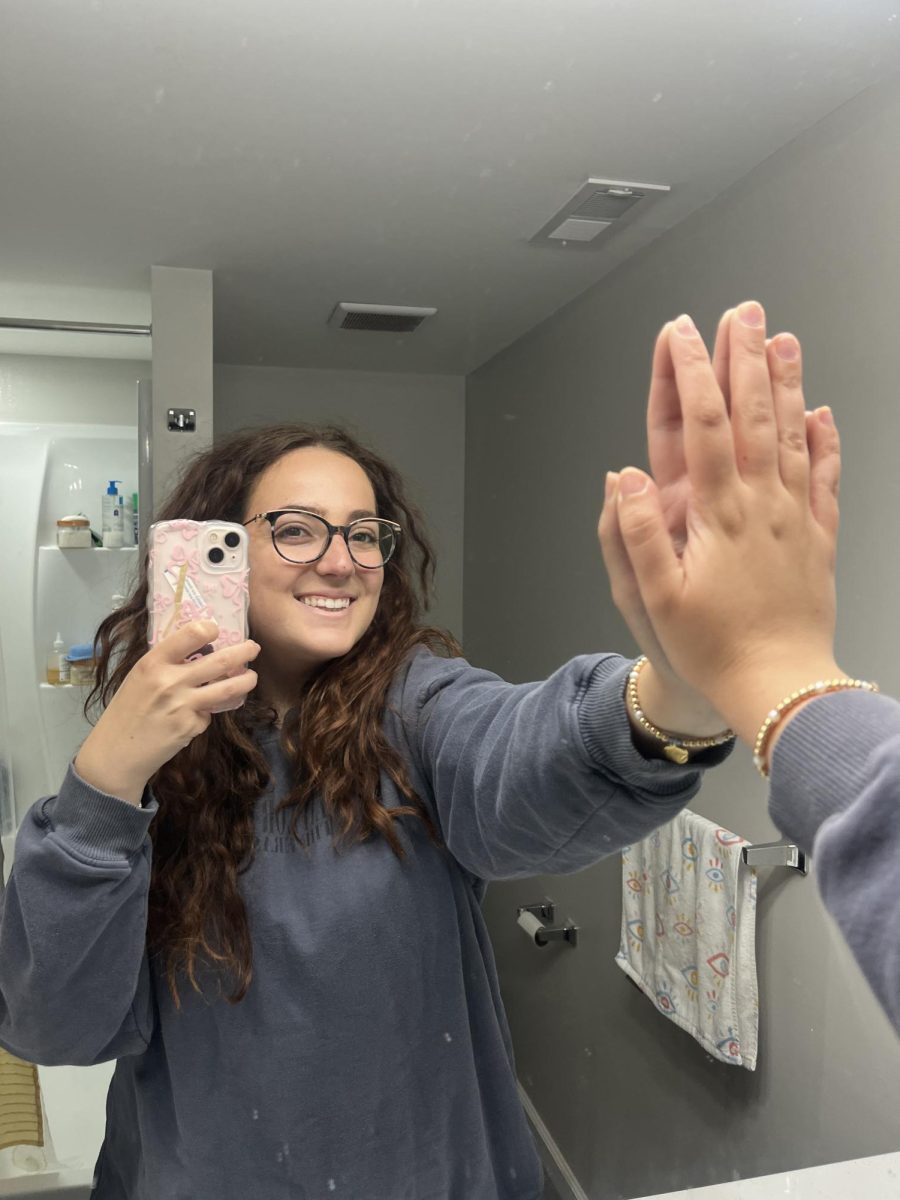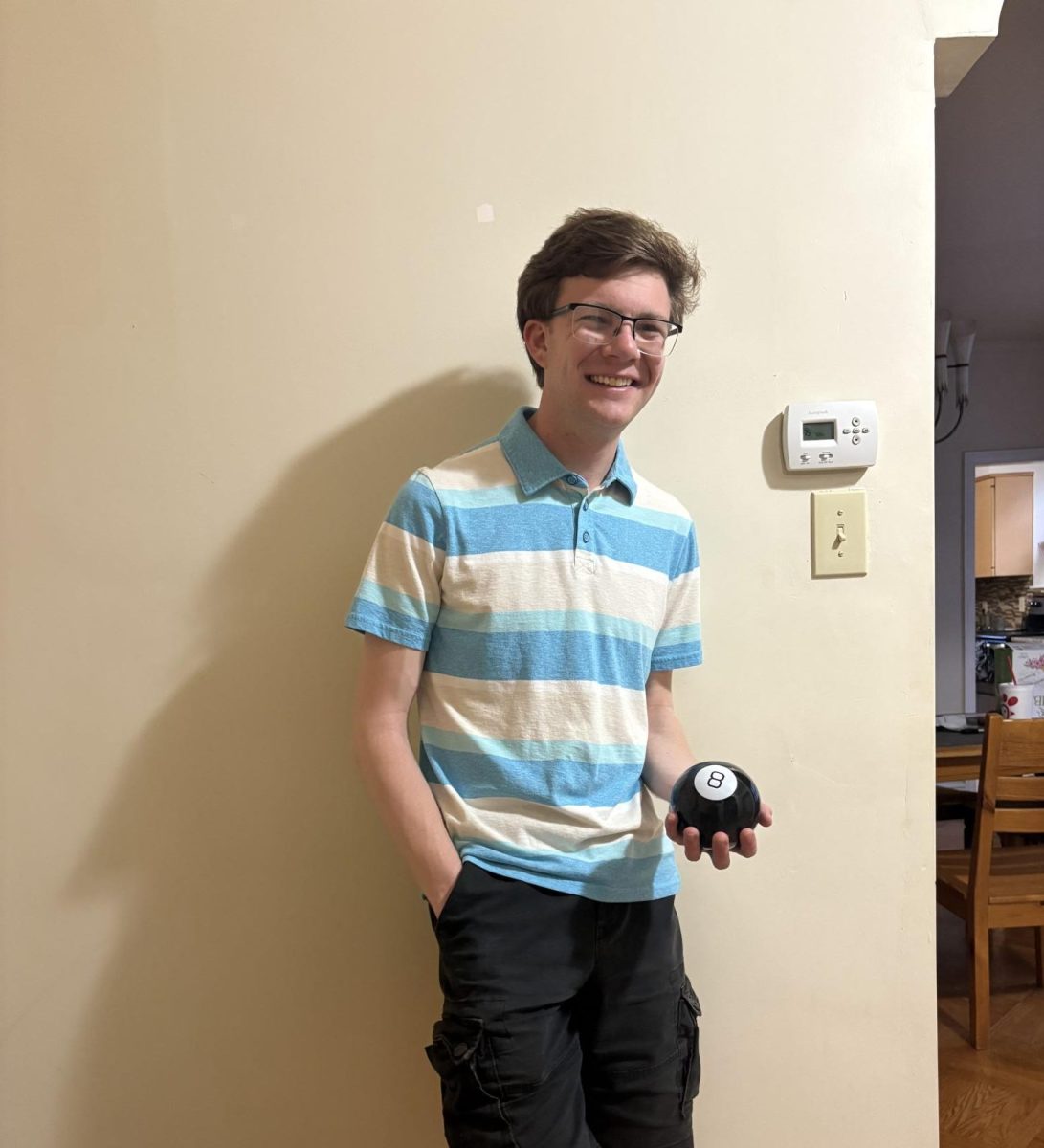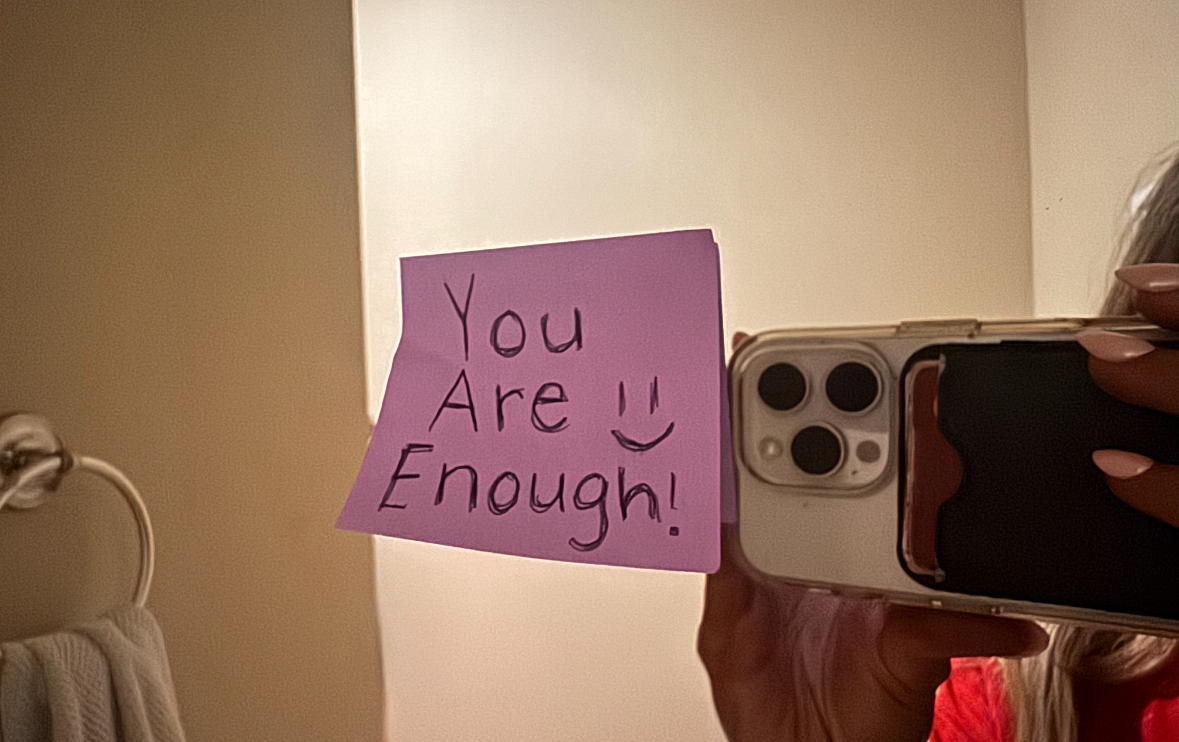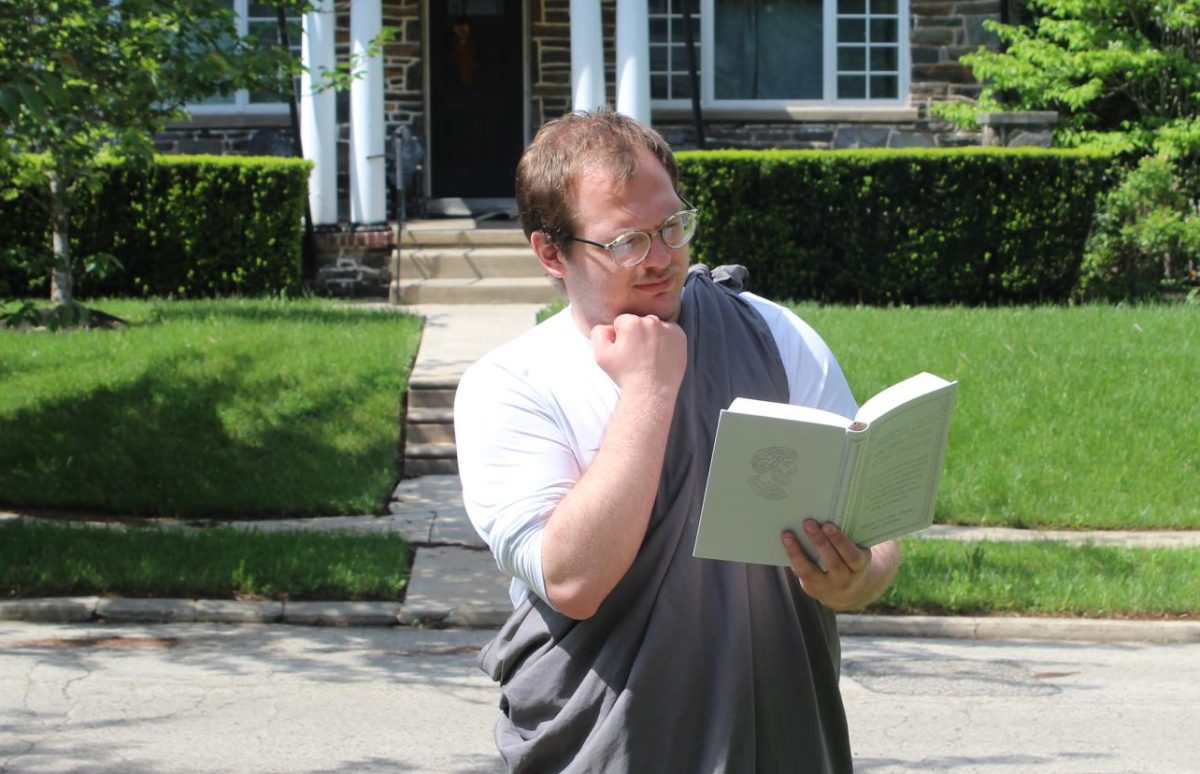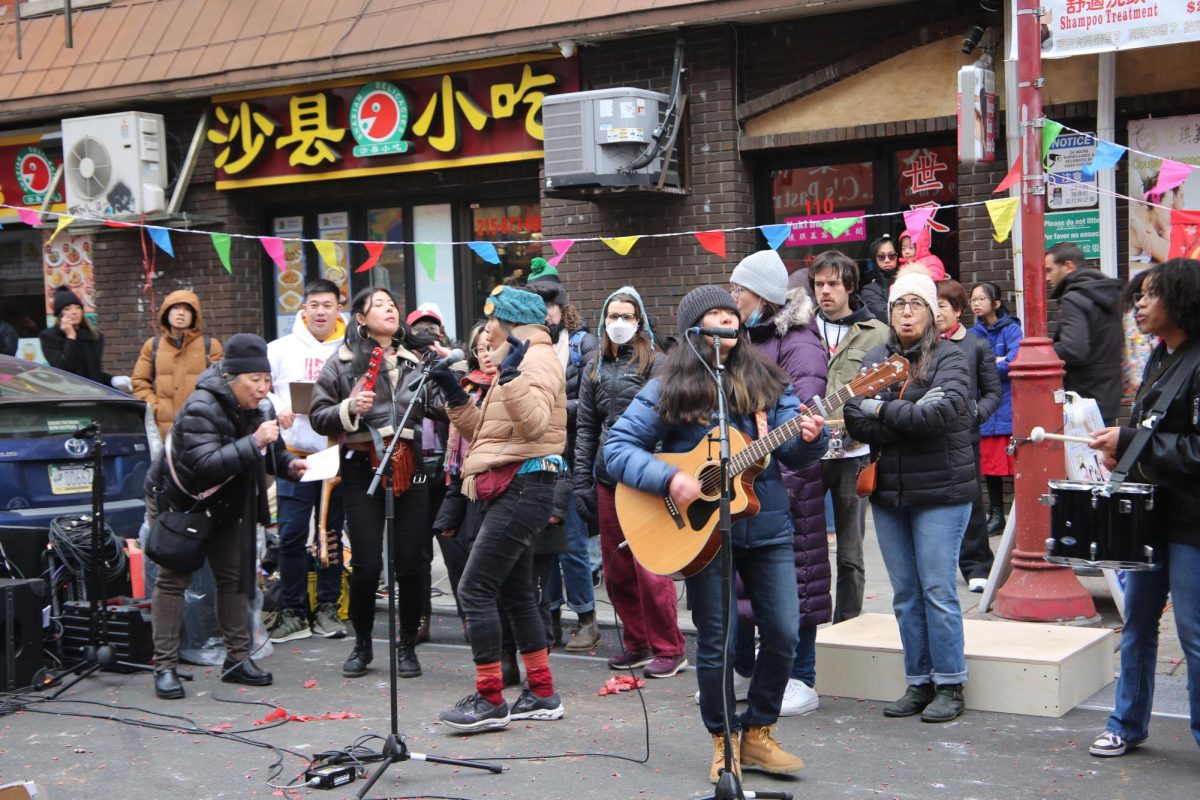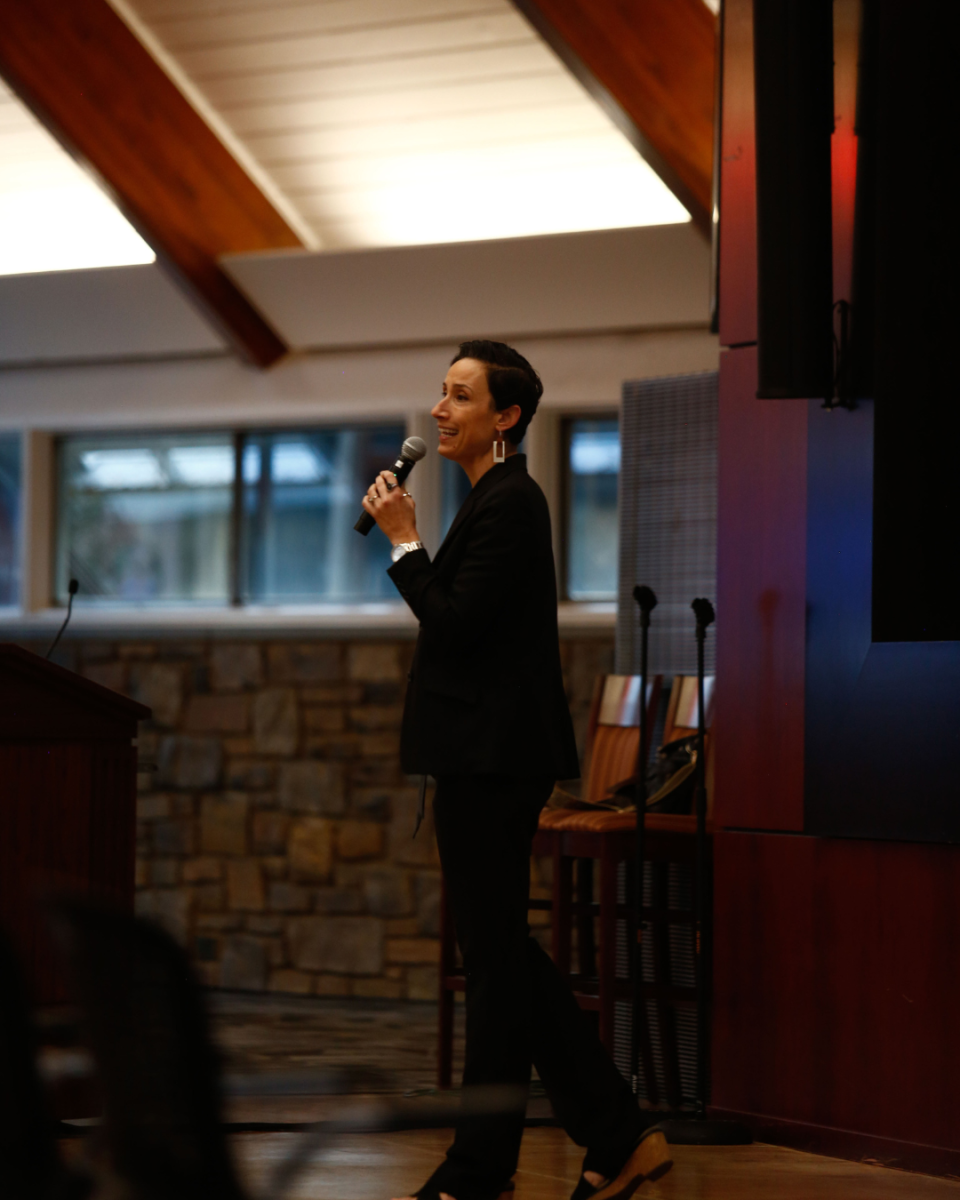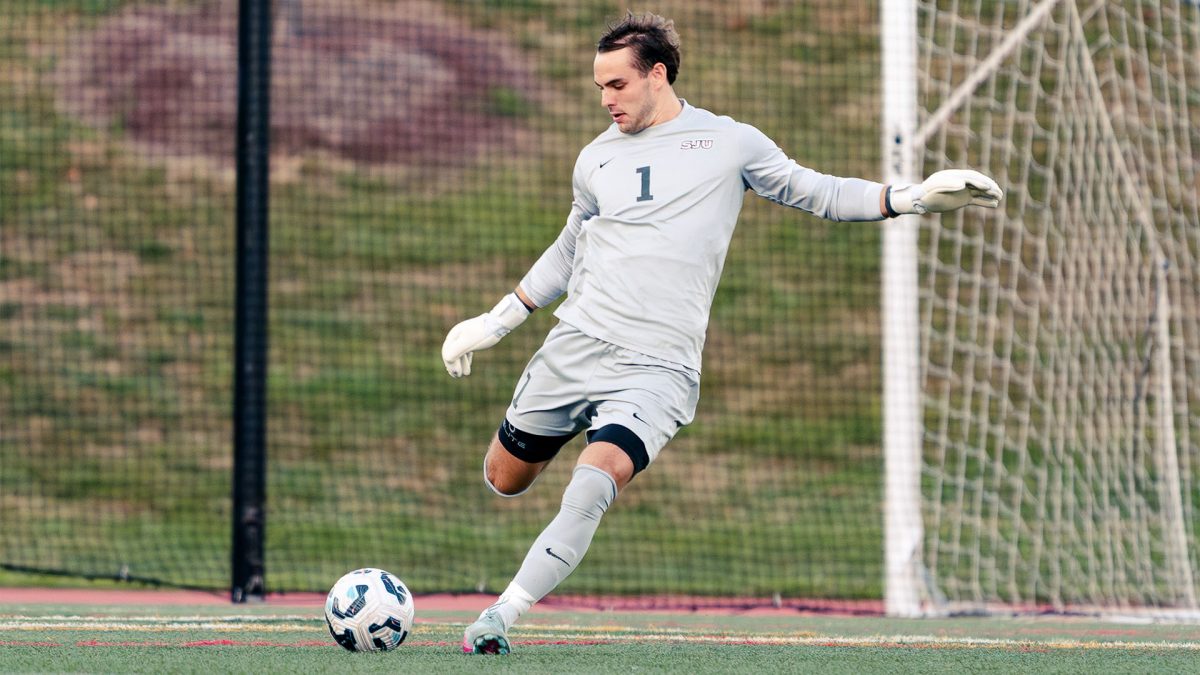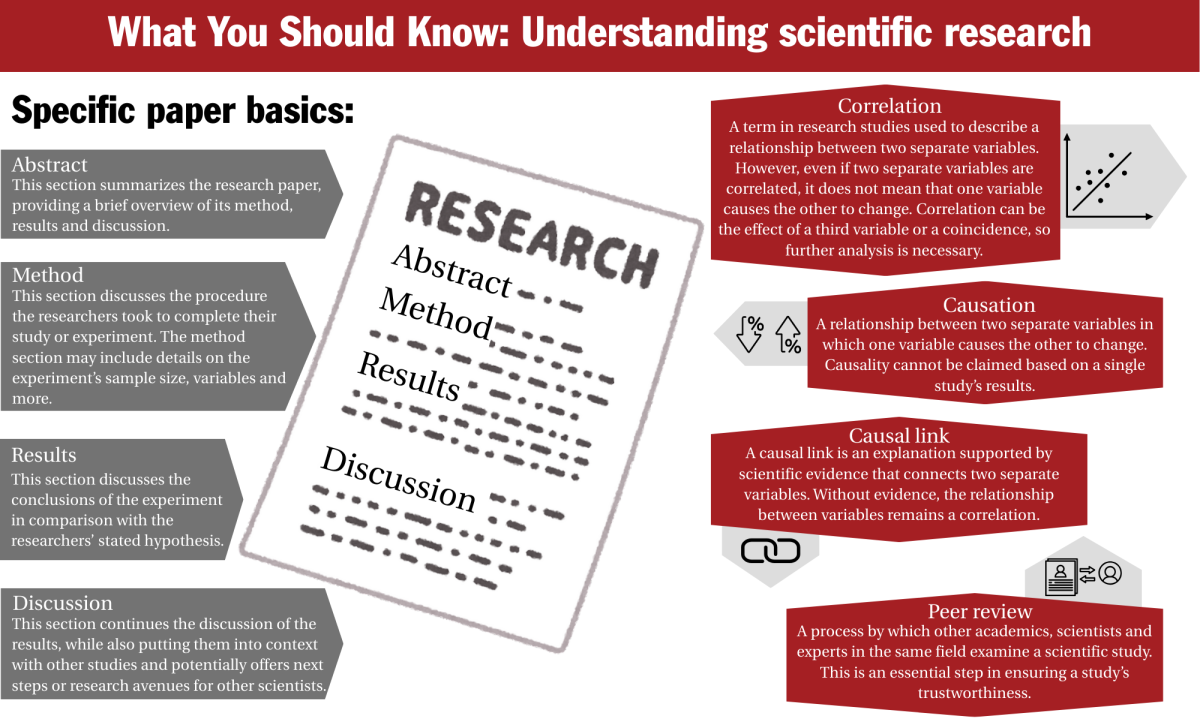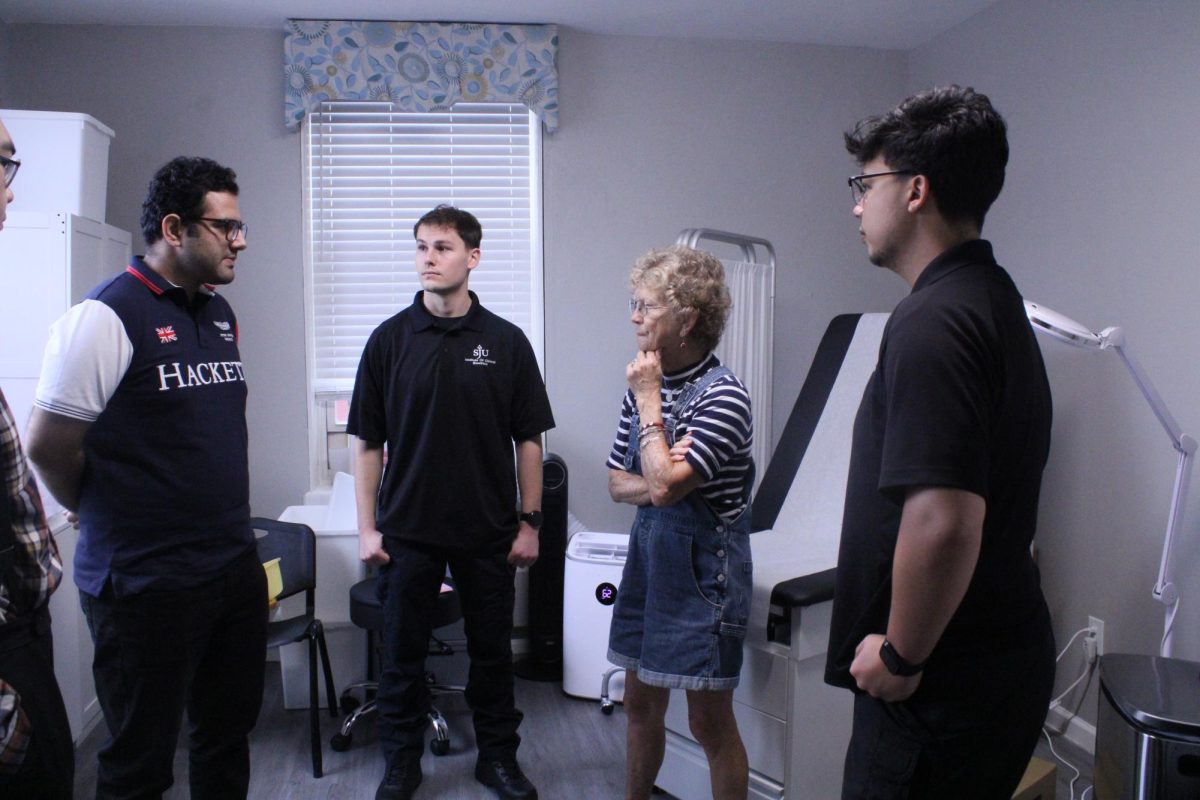Hundreds of members of the Philadelphia community gathered at Chinatown’s Friendship Gate at 10th and Arch streets Feb. 2 to celebrate the recent decision by the 76ers to abandon the construction of a new arena directly next to the neighborhood.
The Sunday afternoon block party featured musical performances, dances, chants and speeches. Community members handed out piping hot tea and candy from under tents, many of which were decorated with colorful painted banners. The text on the banners featured slogans like “Communities of color are not for sale,” “Solidarity for the multiracial working class” and “We won’t be displaced.”
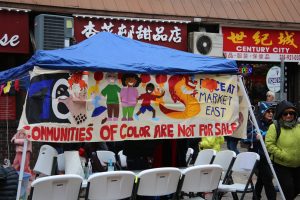
PHOTOS: ZACH PODOLNICK ’26/THE HAWK
The victory celebration, organized by local activists, is the culmination of over two years of protest and advocacy against building an arena in the Center City neighborhood. Chinatown residents feared the $1.3 billion dollar project would negatively impact the community. A community impact study commissioned by the City of Philadelphia found that about half of Chinatown’s small businesses would suffer financially. Other concerns raised by community members included indirect housing displacement and increased gentrification.
On Dec. 19, 2024, the Philadelphia City Council voted in favor of the arena’s construction, a decision supported by Mayor Cherelle Parker, who said the project would bring increased economic opportunity to Philly. However, this outcome changed Jan. 22, when news broke that the 76ers made a deal with Comcast Spectacor to stay in their South Philly sports complex.
Standing next to Chinatown’s iconic multicolored archway, Tegan Schultz, a student at Temple University, said she attended the block party because she was against the arena’s construction and was worried about the homes and businesses that would have been negatively affected by an arena.
“People over profit, always,” Schultz said.
A historical victory
Philly’s Chinatown, located in the heart of the city, has a rich and complex history. In 1871, Chinatown was founded by Chinese Americans fleeing anti-Asian violence on the west coast. Mohan Seshadri, executive director of the Asian Pacific Islander Political Alliance (API PA), an Asian American Pacific Islander (AAPI) civil rights nonprofit that helped organize the event, said that 150 years later, Chinatown remains a community hub.
“It’s always been this place of sanctuary and safety for so many generations of the Asian American community,” Seshadri said.
Fights against construction projects also aren’t new, Seshadri said.
“Some of the folks who founded us back in the day were leaders here in Chinatown who would spend decades in the fight to protect Chinatown from predatory developers, from destruction by previous plant projects, like the stadium in 2000 and casino back in 2010, respectively,” Seshadri said. “And so, it’s always been in our DNA to fight to protect Asian American communities, Asian American neighborhoods, the places where our communities come to feel safe.”
Chinatown fought a proposed Phillies stadium in 2000, and another multi-year fight led by activists stopped the construction of a large casino in 2008.
Seshadri said Chinatown is a place for community members to utilize services they wouldn’t otherwise have access to, like language-accessible government services.
“It provides such a holistic array of support and grounding and a solid foundation for so many members of my community, myself included,” Seshadri said.
Solidarity and support
Another block party organizer was AAPI nonprofit Asian Americans United (AAU), which worked with API PA to form the Save Chinatown Coalition. Wei Chen, AAU’s civic engagement director, who enthusiastically greeted and hugged community members at the event, has a long history with both Chinatown and AAPI activism.
“I always spend more time in Chinatown than my home,” Chen said.
Chen, who immigrated to the U.S. from China when he was 16, said he got involved with community activism when he organized a boycott to protest attacks against Asian students at his high school.
Chinatown’s victory, Chen said, tells younger generations that even when they feel small, they have the power to make a difference.
“It can also give a lot of energy to the younger generation about the resistance, the culture of our resistance,” Chen said. “This is the most important. It’s beyond the Chinese community or Asian community. It’s giving the people of color community a chance to resist.”
St. Joe’s and beyond
Located approximately 20 minutes from St. Joe’s Hawk Hill campus and 15 minutes from the University City campus, Chinatown is also special to St. Joe’s students. Sal Rupisan ’27, a South Philly native, grew up visiting Chinatown with his parents and got his first job there.
Rupisan said despite being called Chinatown, the neighborhood serves more as a multicultural hub, with many Asian cultures being “housed” there. Rupisan, whose father is Filipino and mother is Italian, said despite not being of Chinese descent, he still finds a sense of identity in Chinatown.
“I grew up more understanding and being around the more Italian side of my family,” Rupisan said. “For me, being in Chinatown was a chance for me to embrace the Filipino side of me. It made me feel more comfortable, being around there.”
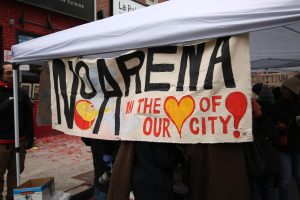
Serena Liao ’25, president of St. Joe’s International Society, a multicultural organization based on the UCity campus, grew up in New York visiting Manhattan’s Chinatown but holds Philly’s Chinatown similarly close to her heart. One part of Philly’s Chinatown Liao especially loves is its wide array of Chinese bakeries and restaurants.
“I’ve grown up having that food,” Liao said. “It doesn’t matter where it is, it’s just always the same, and it’s made with the same love.”
Liao said the no arena decision is significant because Chinatown is a safe space for both Philly residents and visitors alike. Liao said that “now more than ever,” it’s vital that people hold their communities close.
“We live in a very ever-changing society and government and world, now, that it’s definitely very good to keep the parts of you that you can — culturally, ethnically, just as a person,” Liao said.
The greater movement continues
Pins and magnets handed out free of charge at the block party, featuring text reading “No stadium casino in Chinatown” with the word “arena” stamped over “stadium casino,” highlight the Chinatown community’s history of resisting corporate encroachment. Seshadri said the threats the arena presented to Chinatown expand beyond the neighborhood, applying broadly to other areas of Philly.
“Neighborhoods all across the city are being hit so hard by gentrification and displacement, in so many cases driven by many of the same private equity forces and real estate development lobby forces that came into play with this anti-arena campaign,” Seshadri said. “Neighborhoods all across the city need our elected officials to step up and craft a solution to that.”
Seshadri hopes the energy that emerged from the no-arena-in-Chinatown campaign will carry over to other local movements that fight against gentrification.
“It’s also important now that the attention that was brought to Chinatown, was brought to this fight, doesn’t just dissipate but instead focuses on uplifting and protecting and defending other neighborhoods that are dealing with very similar situations,” Seshadri said.

